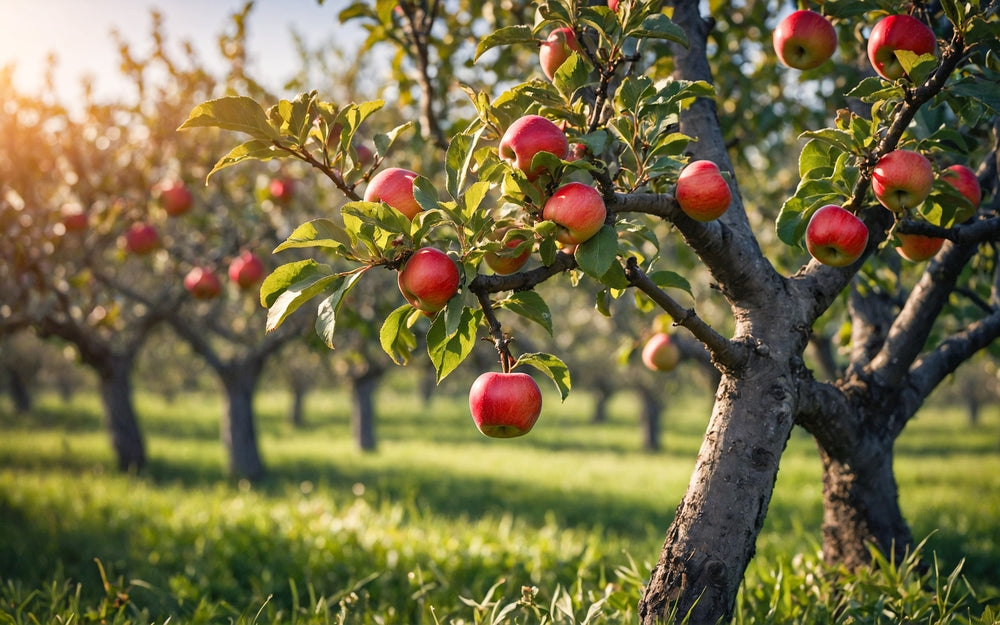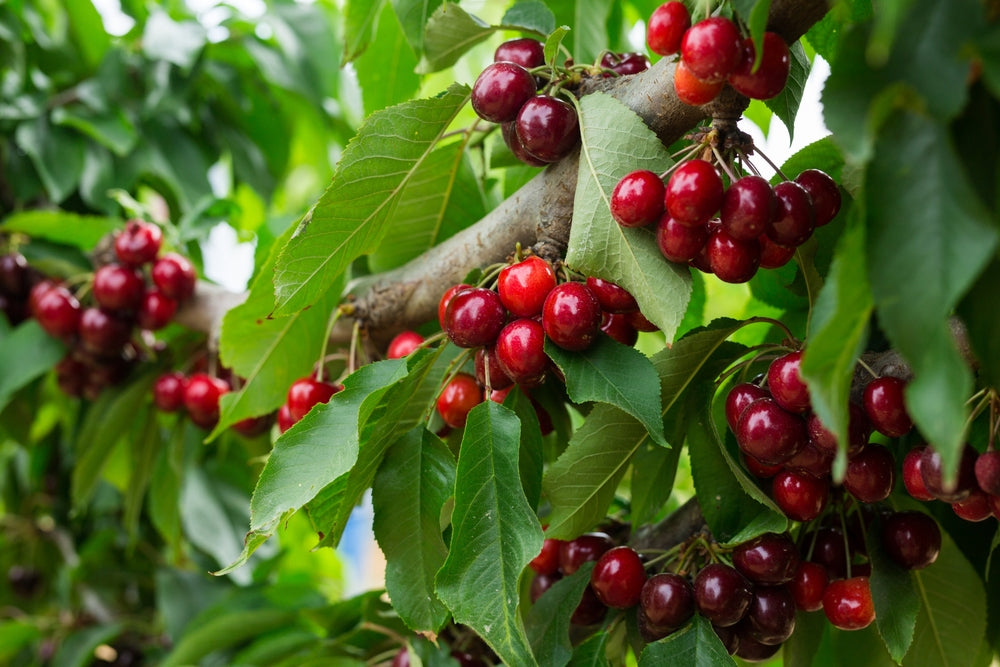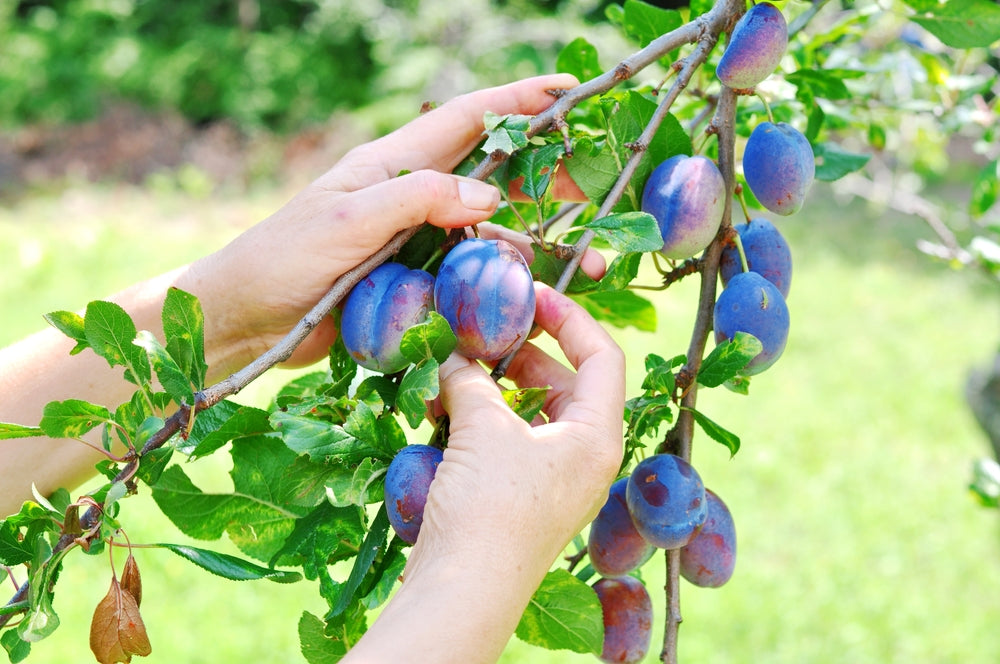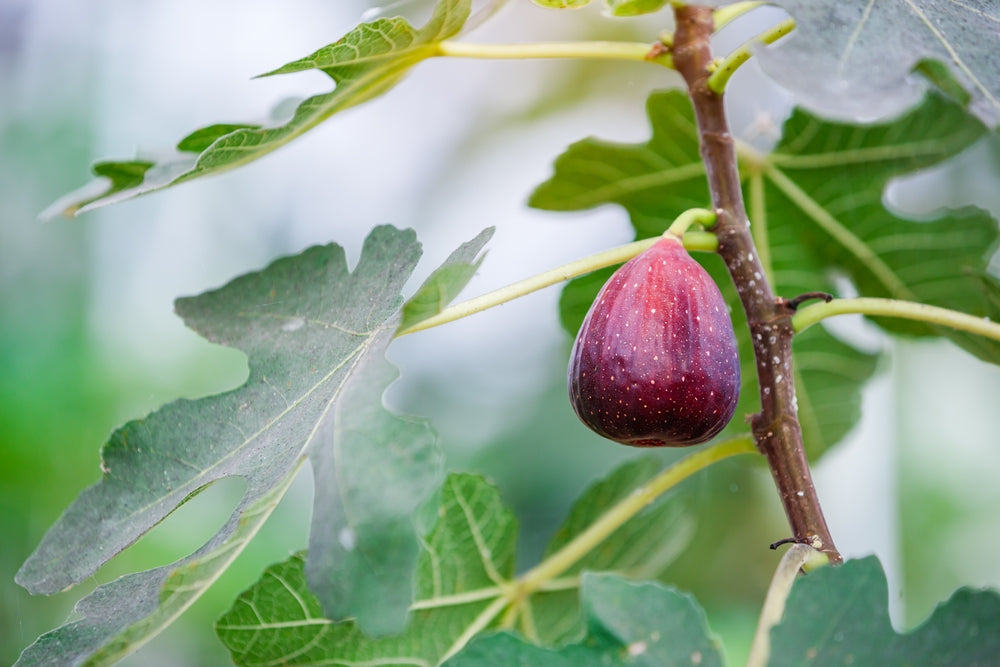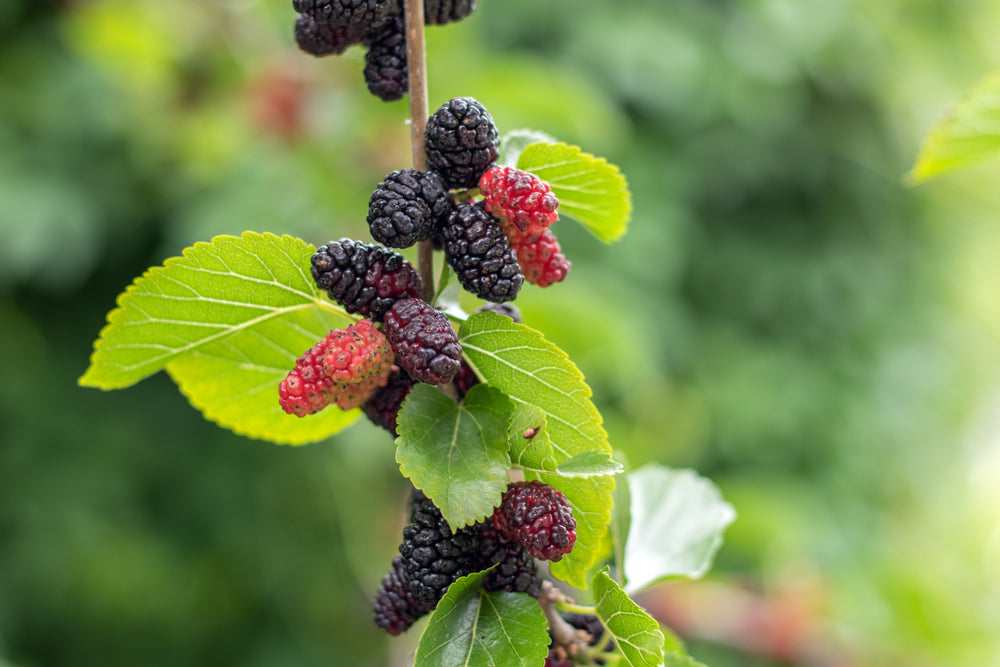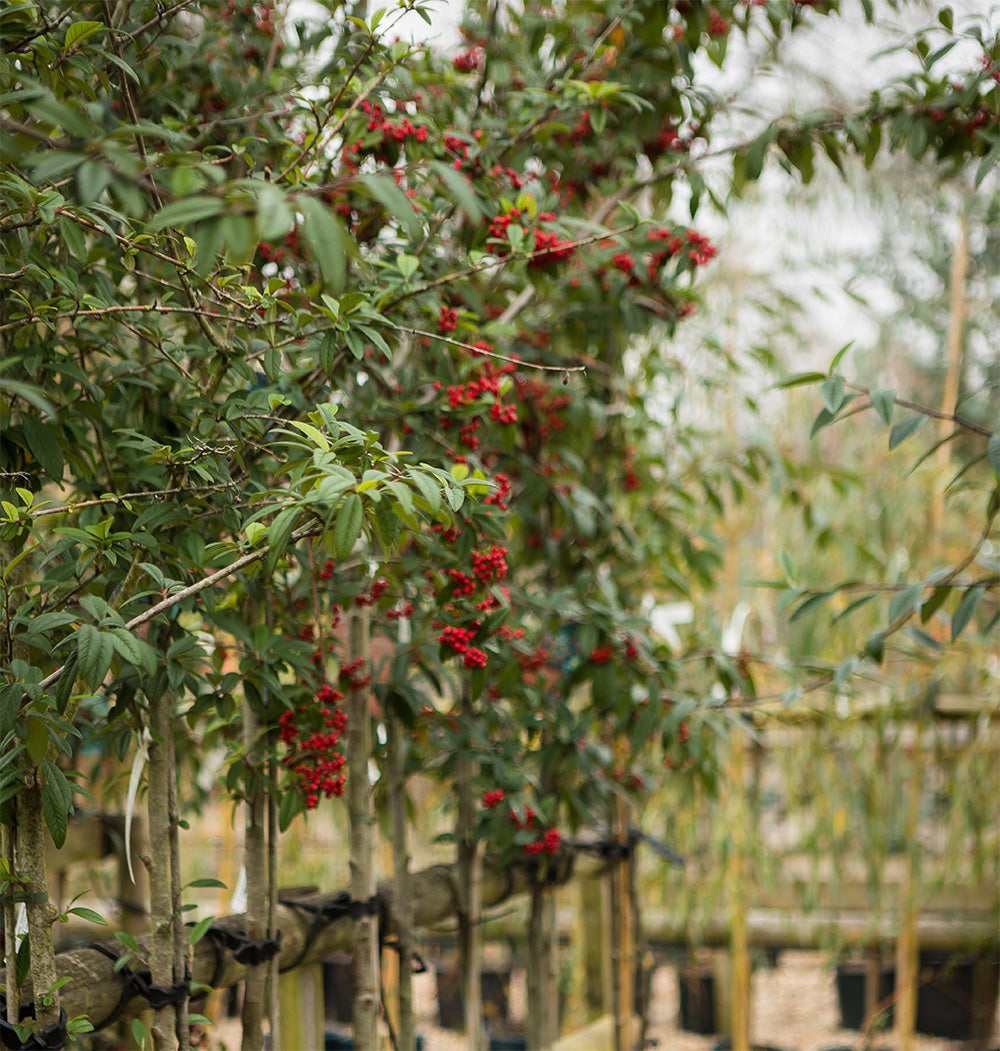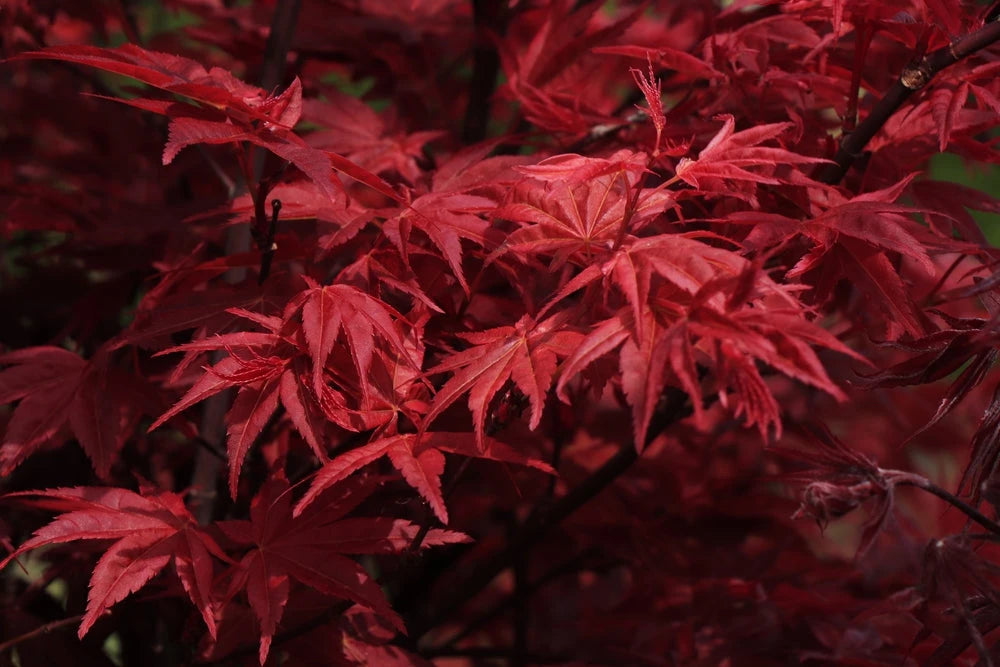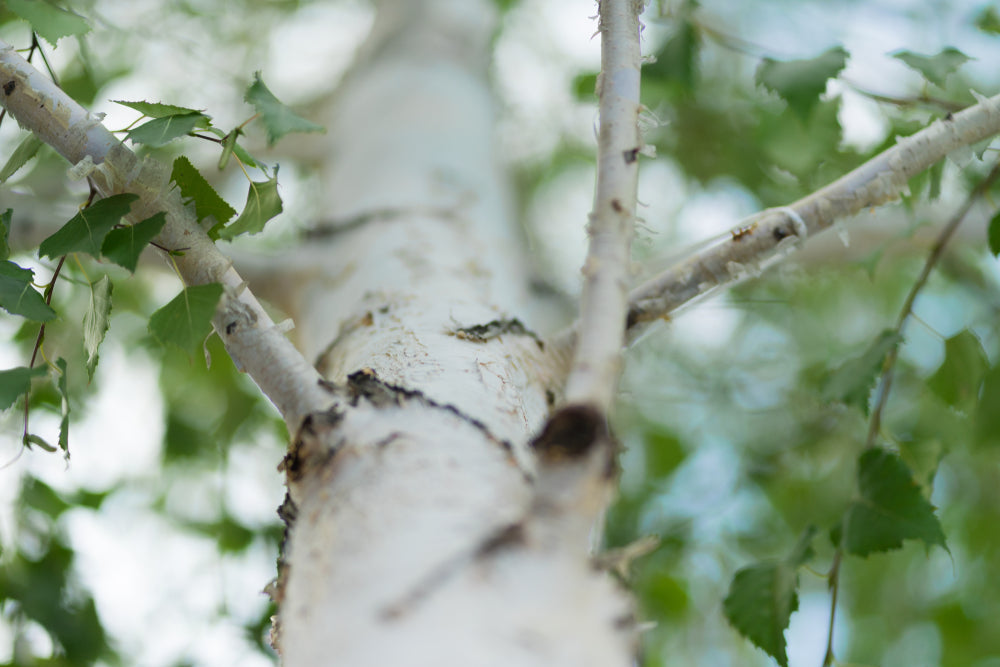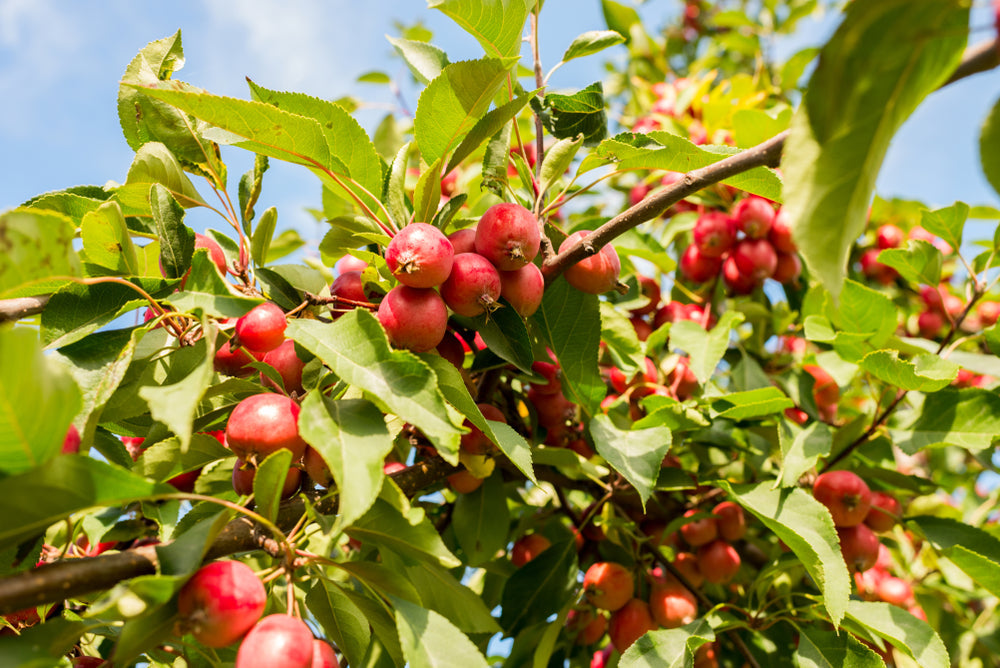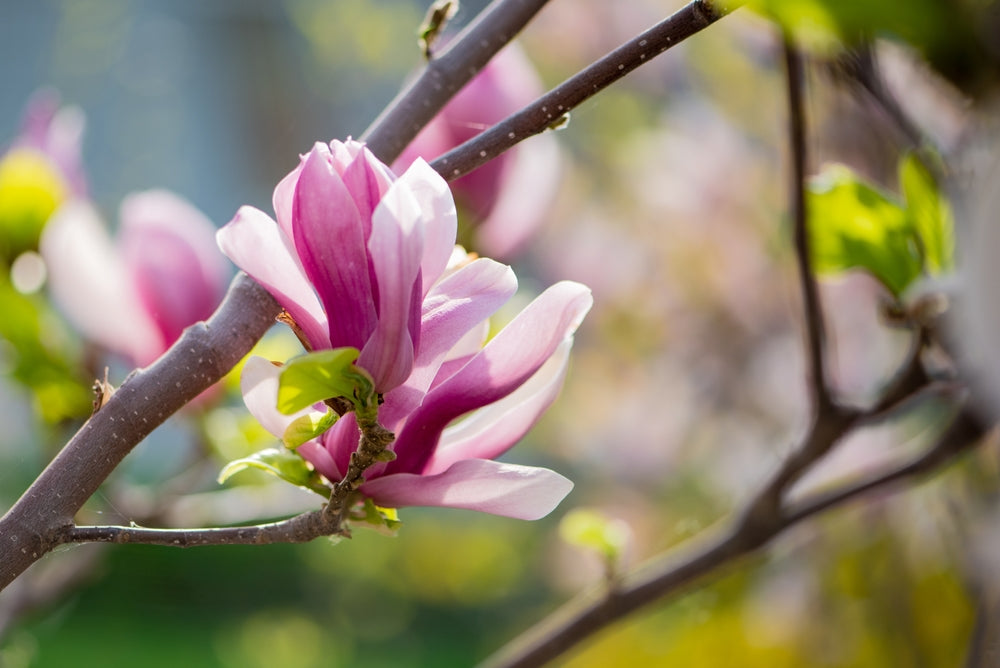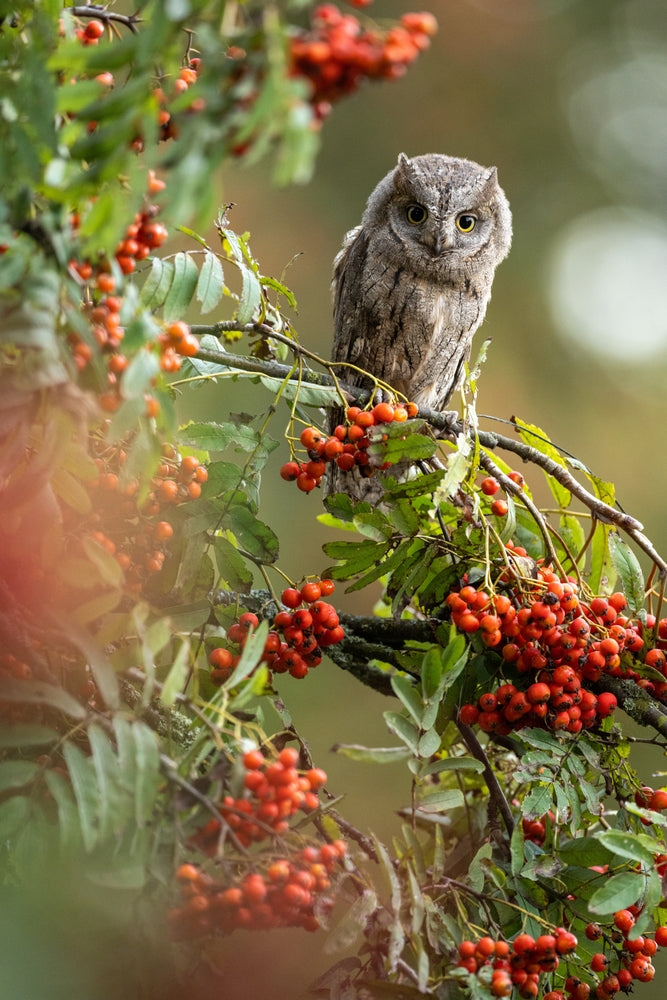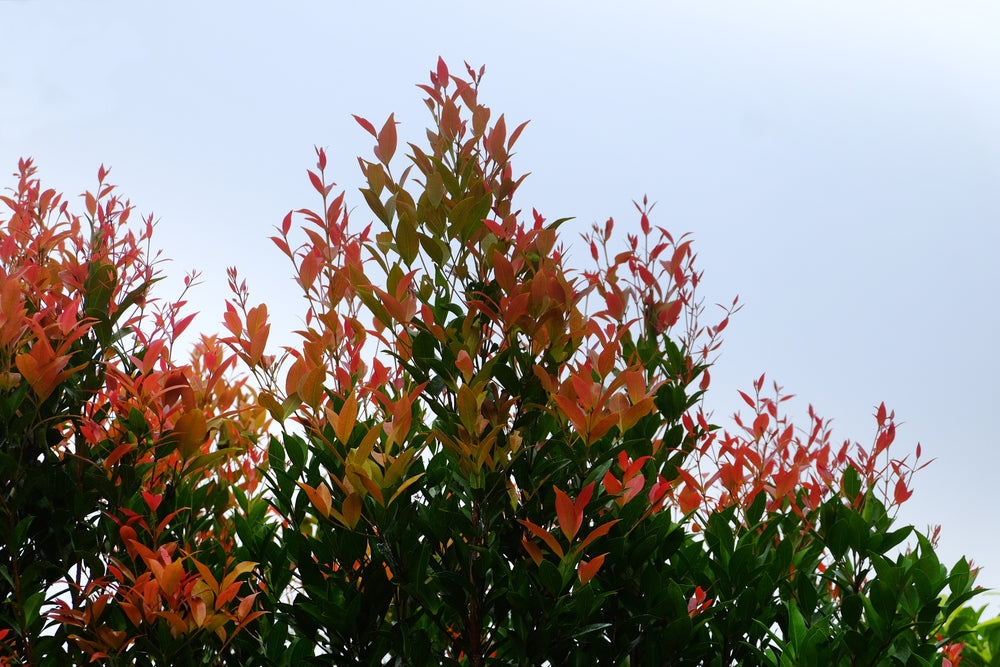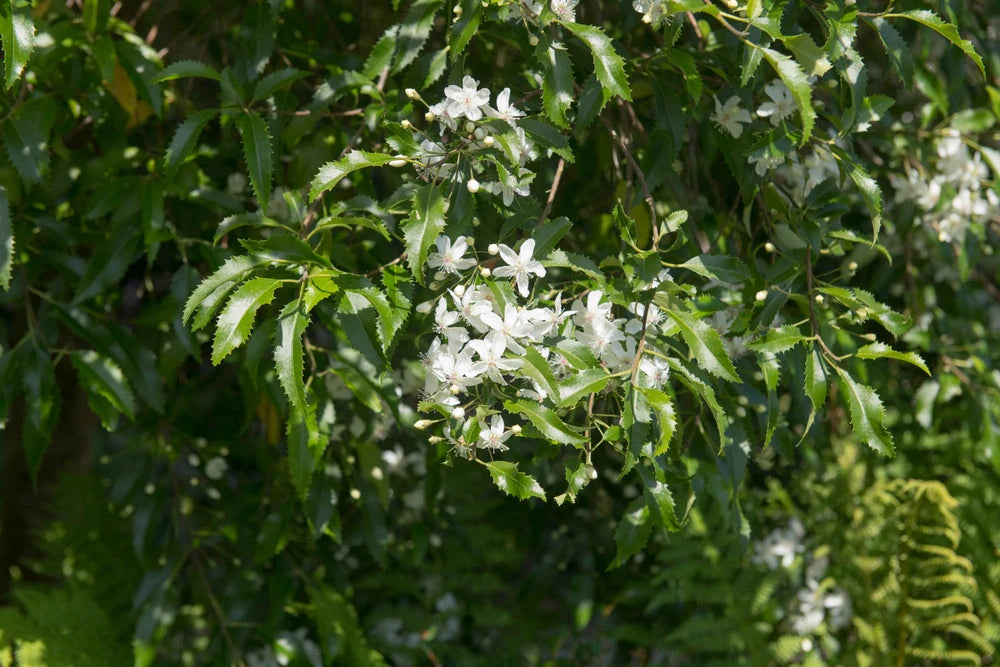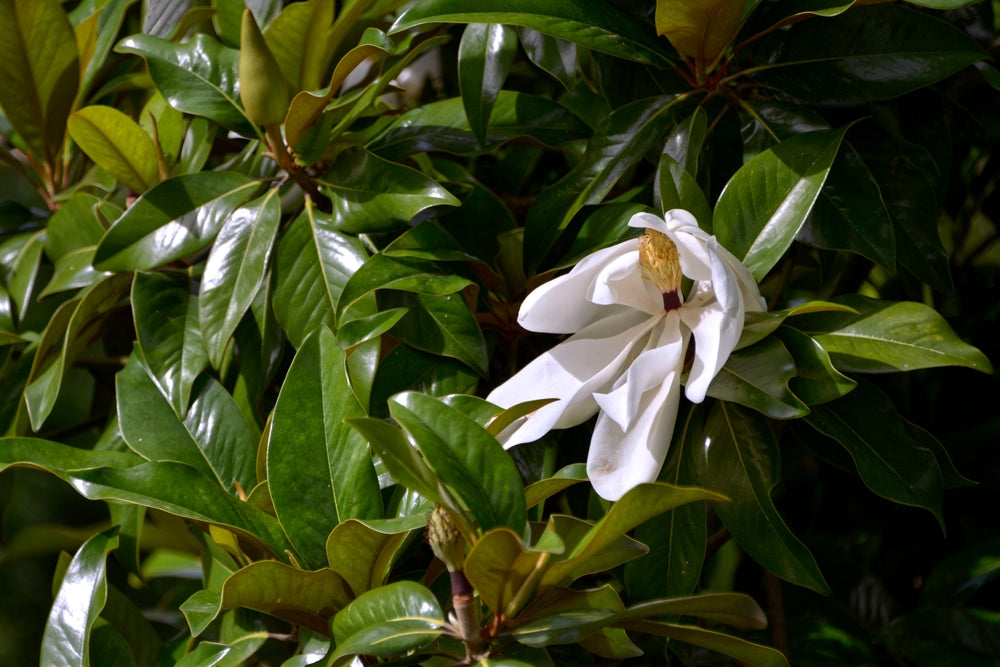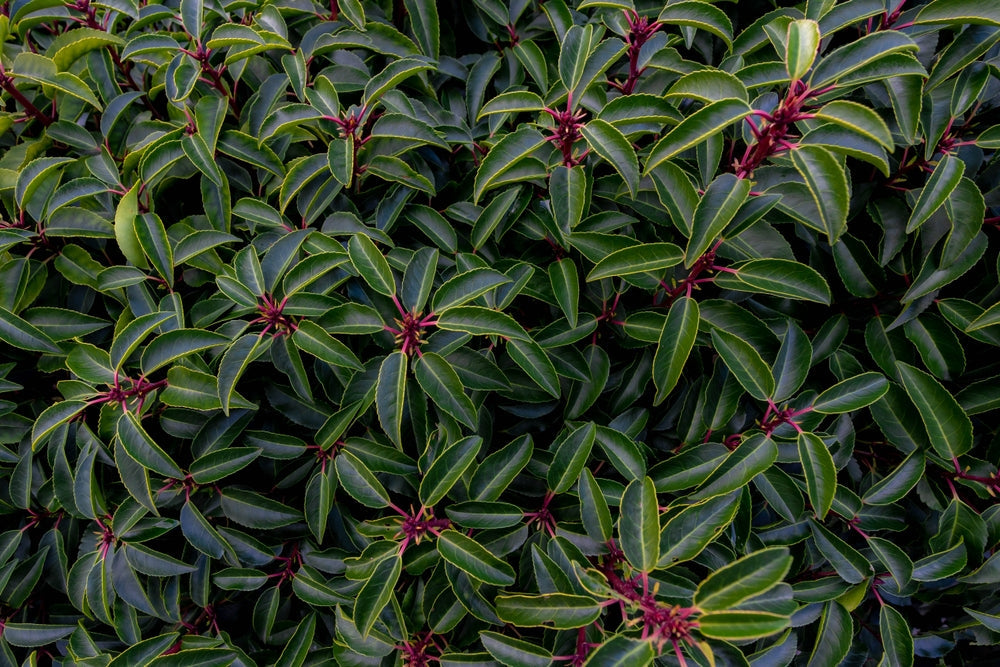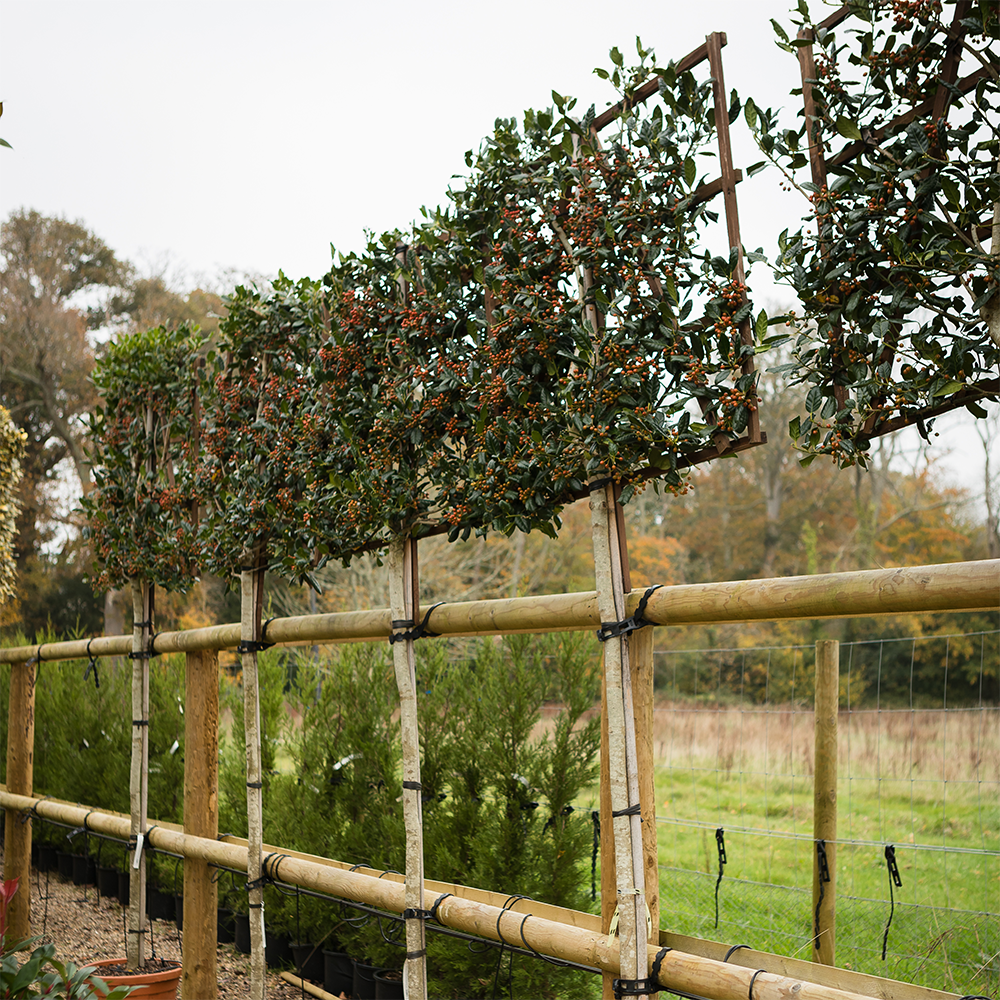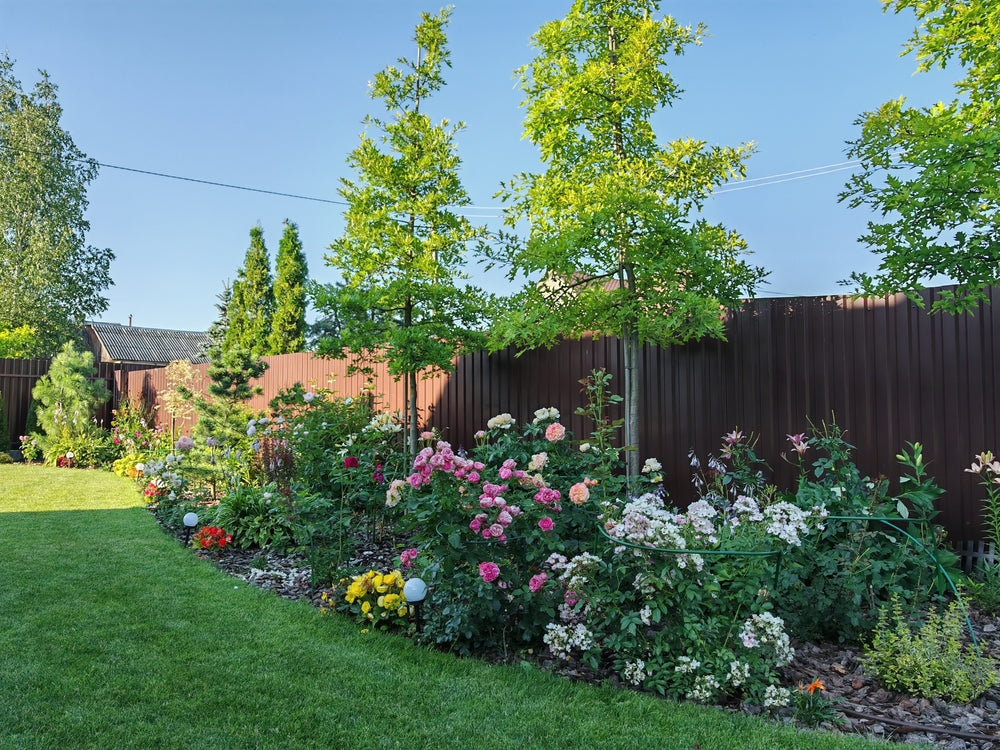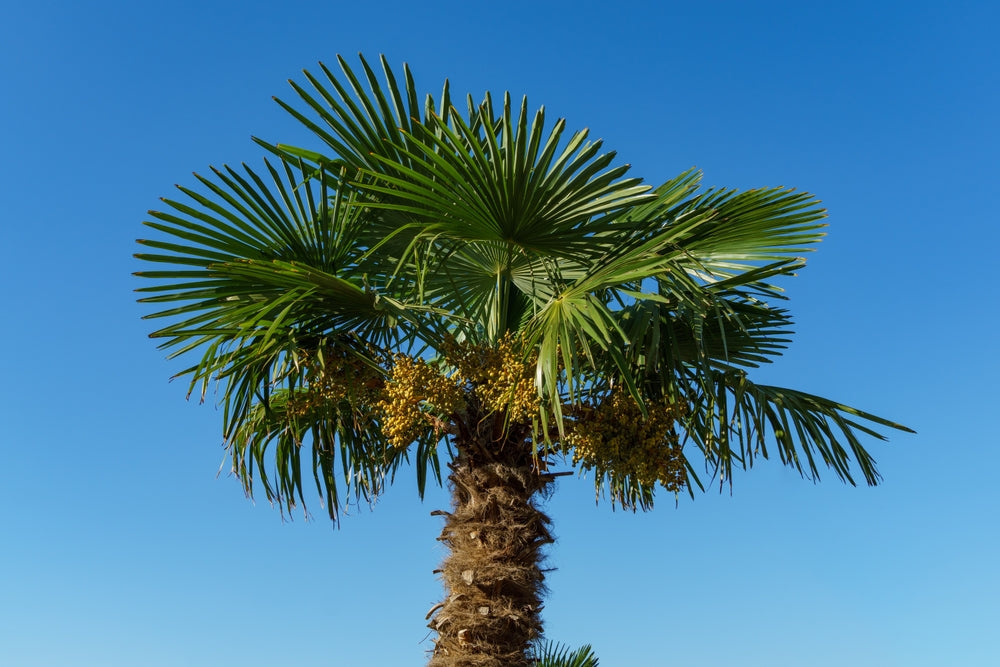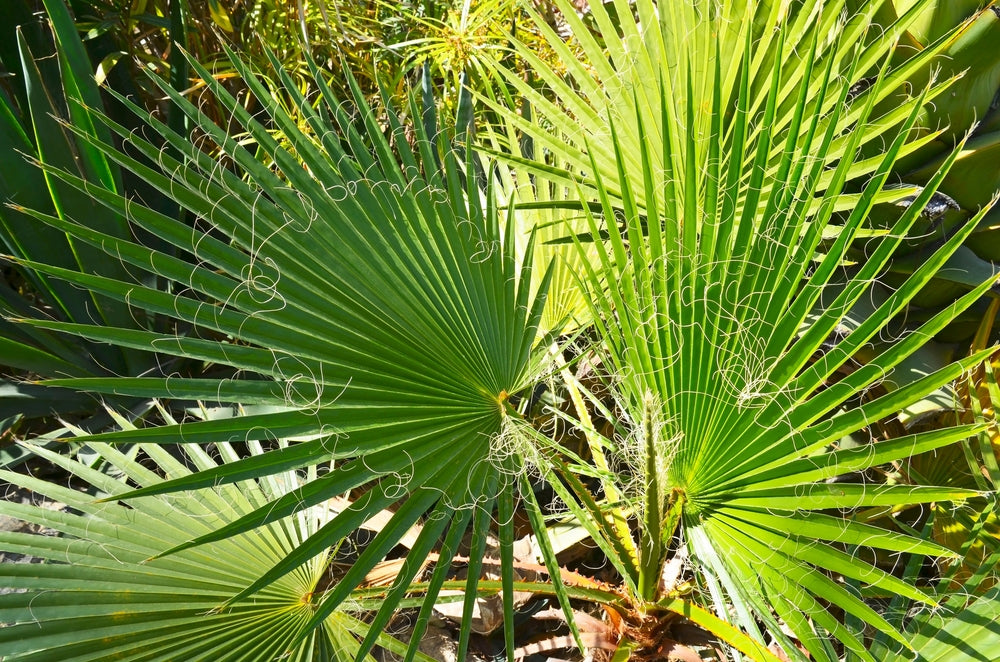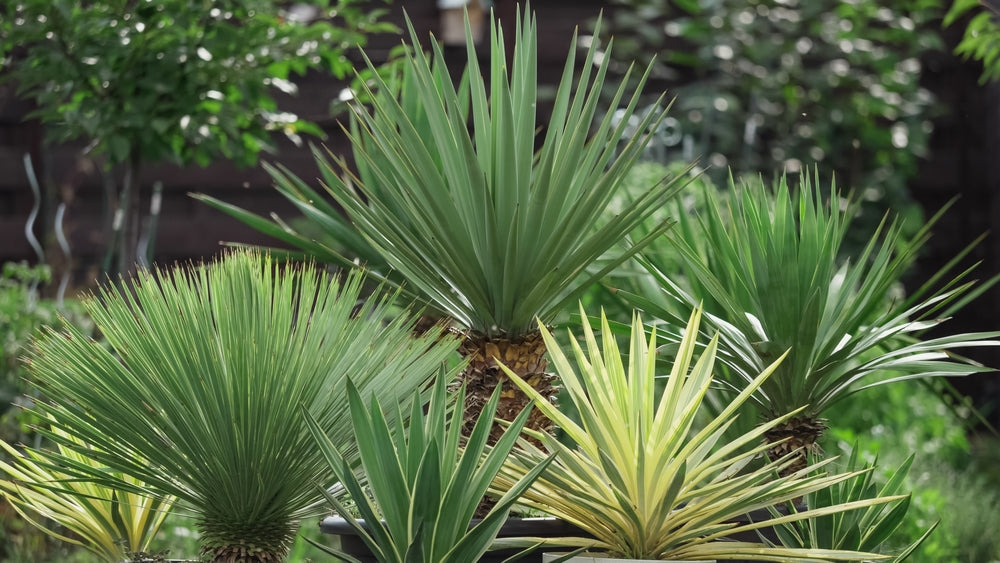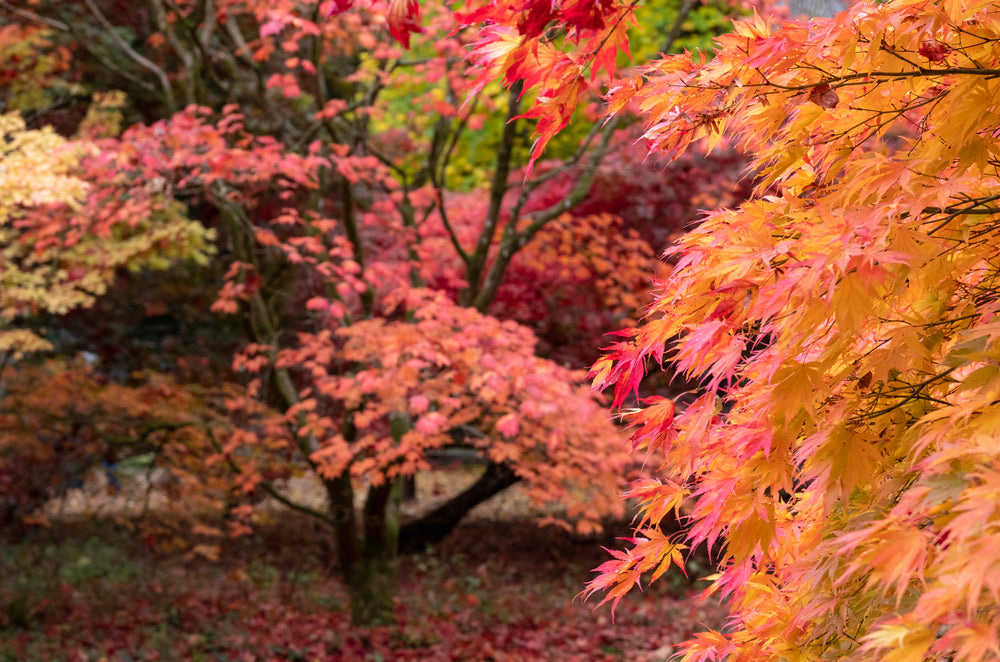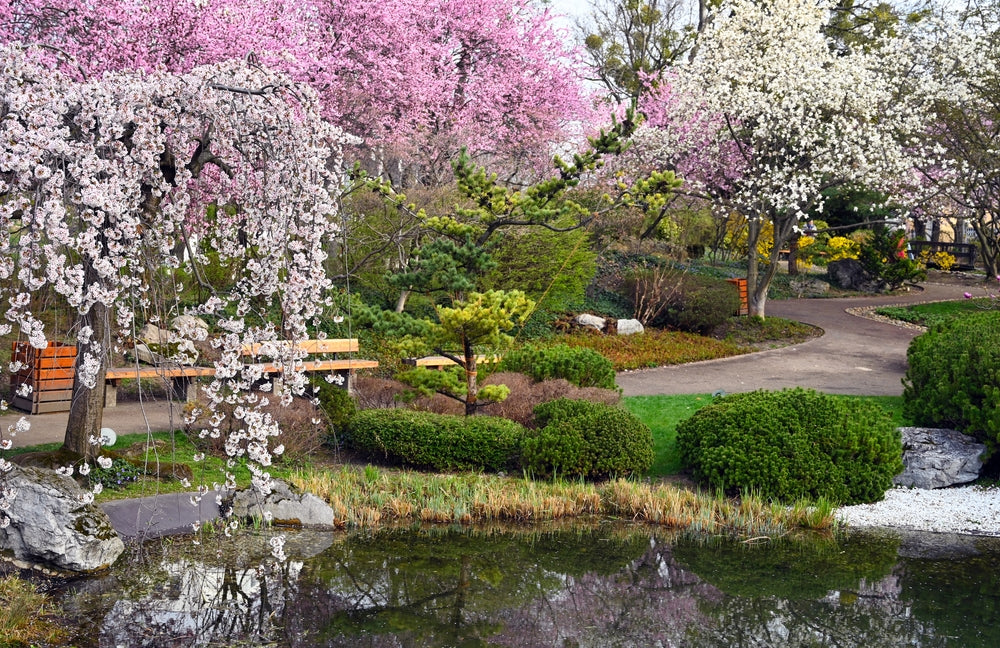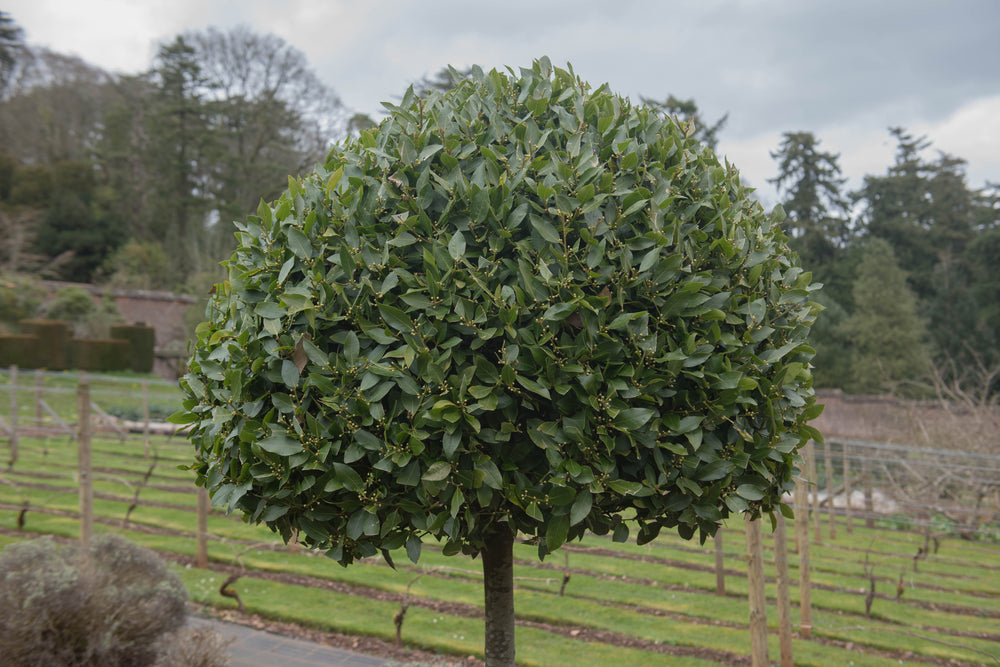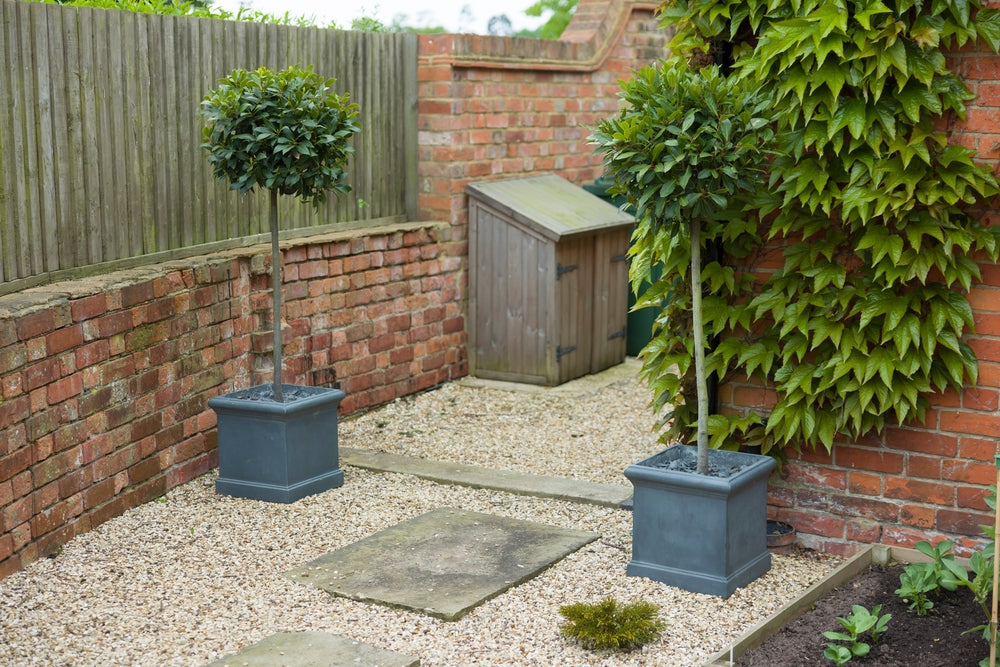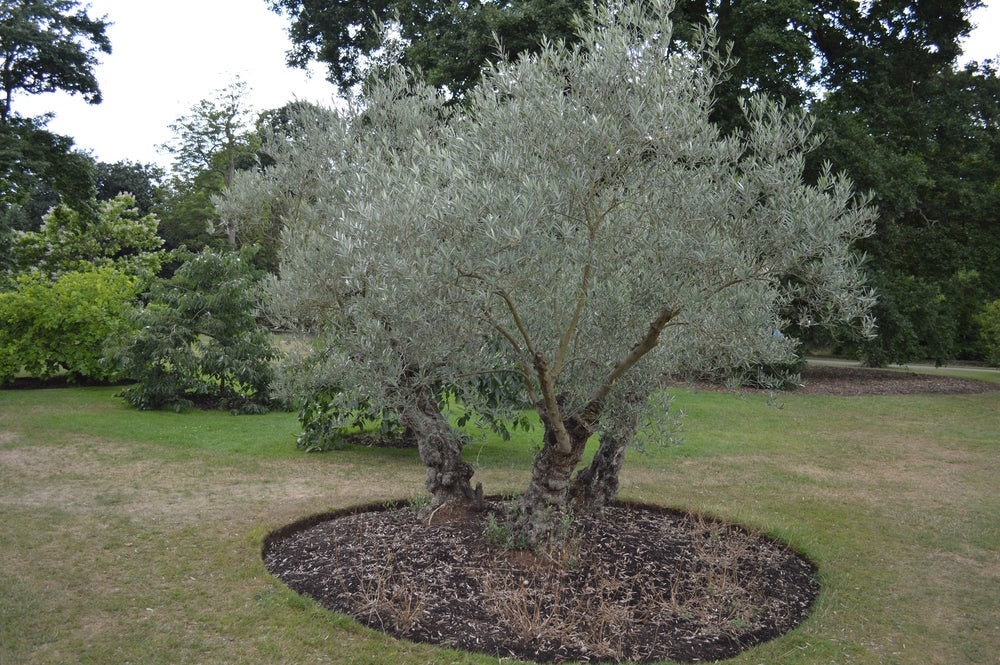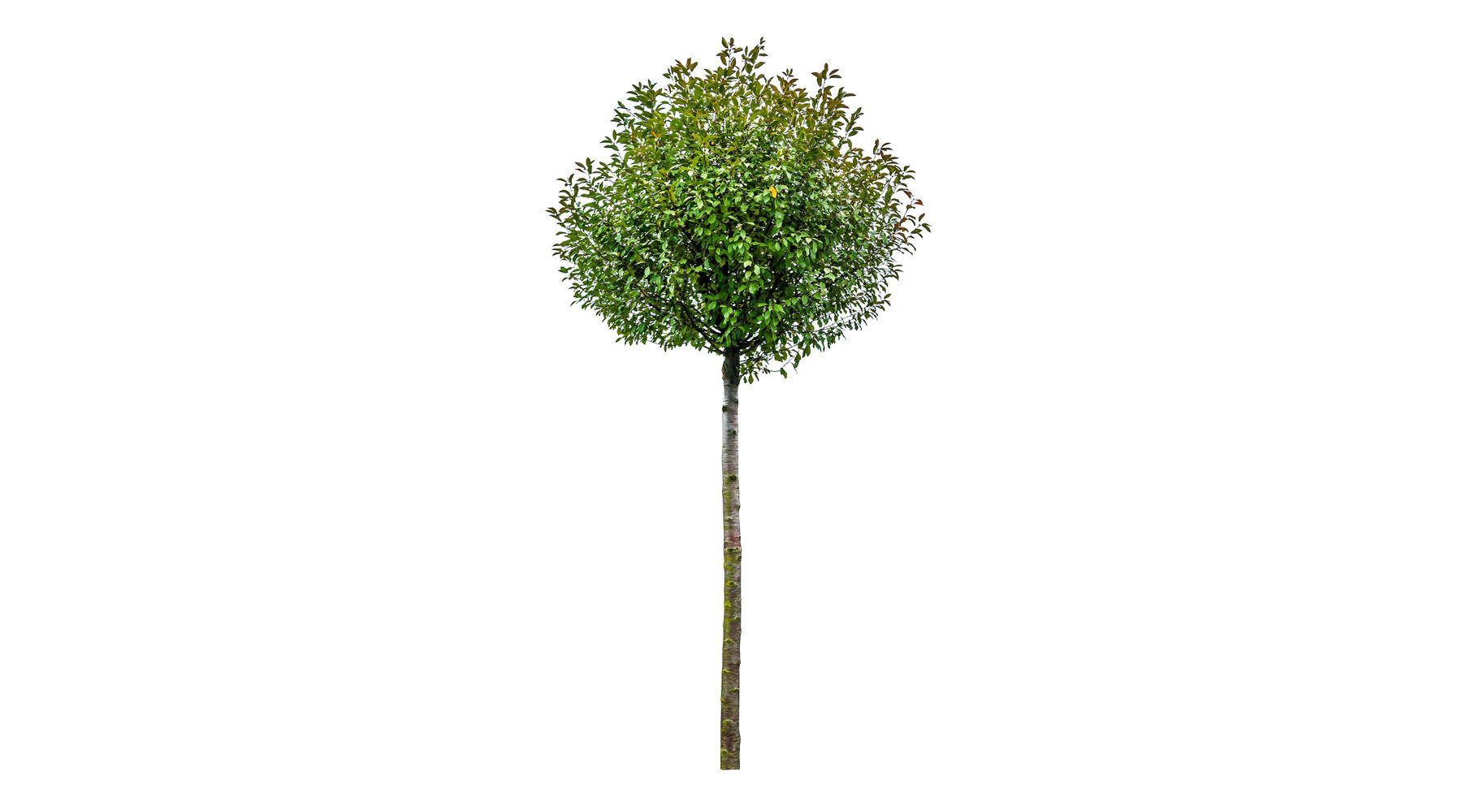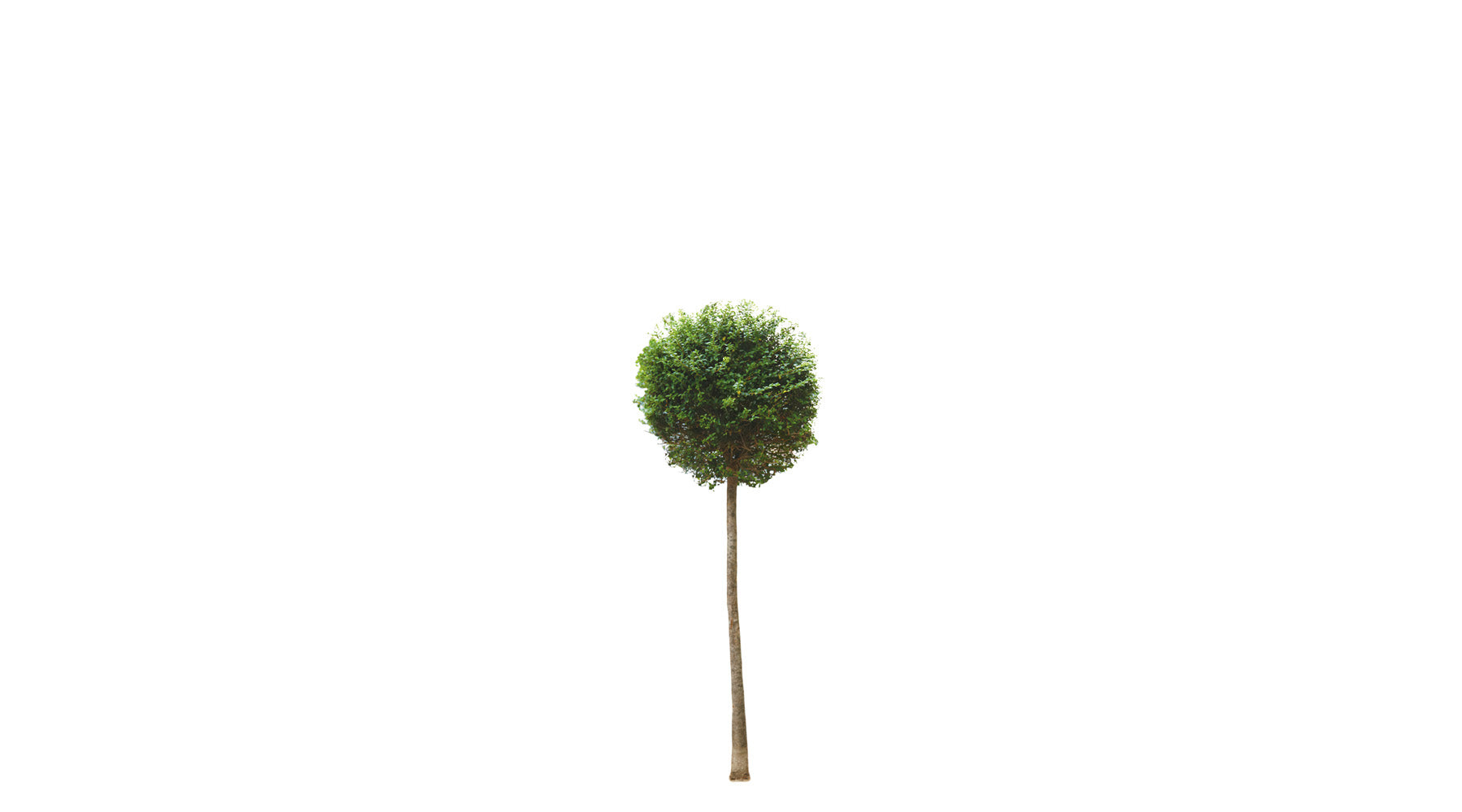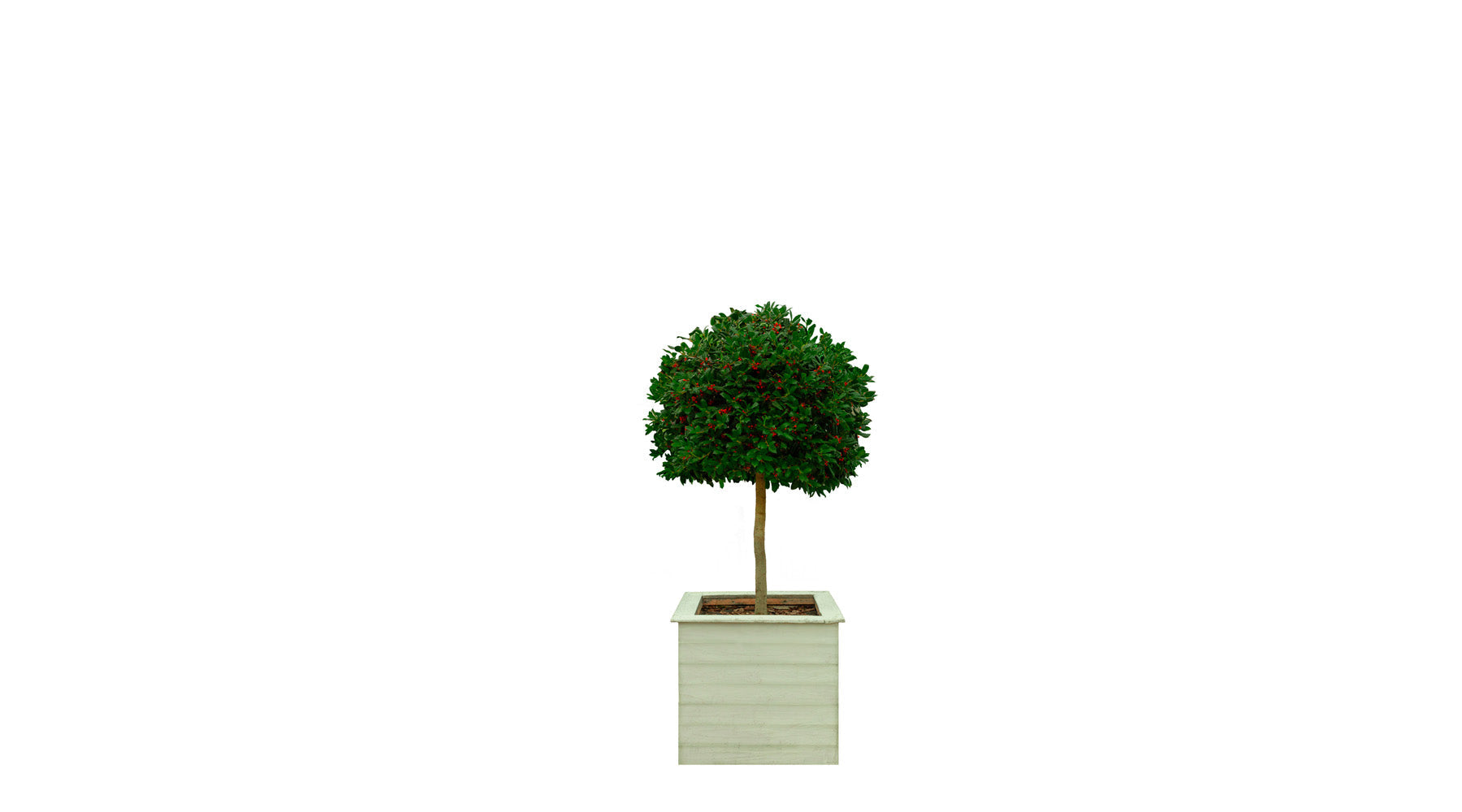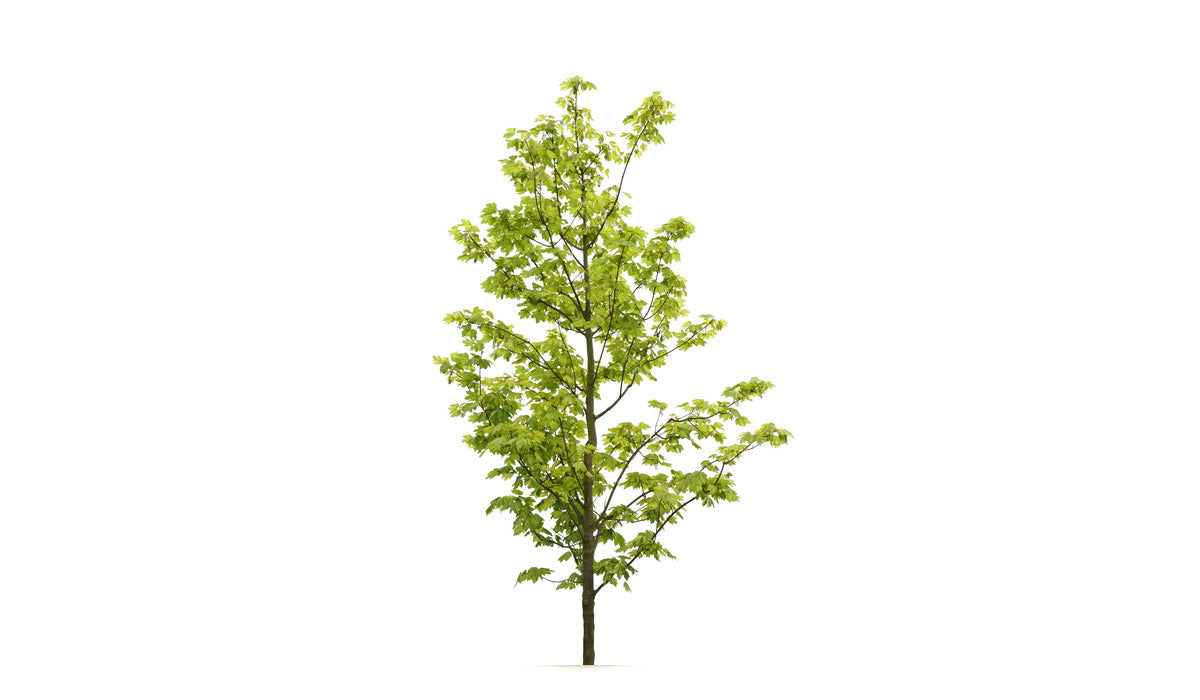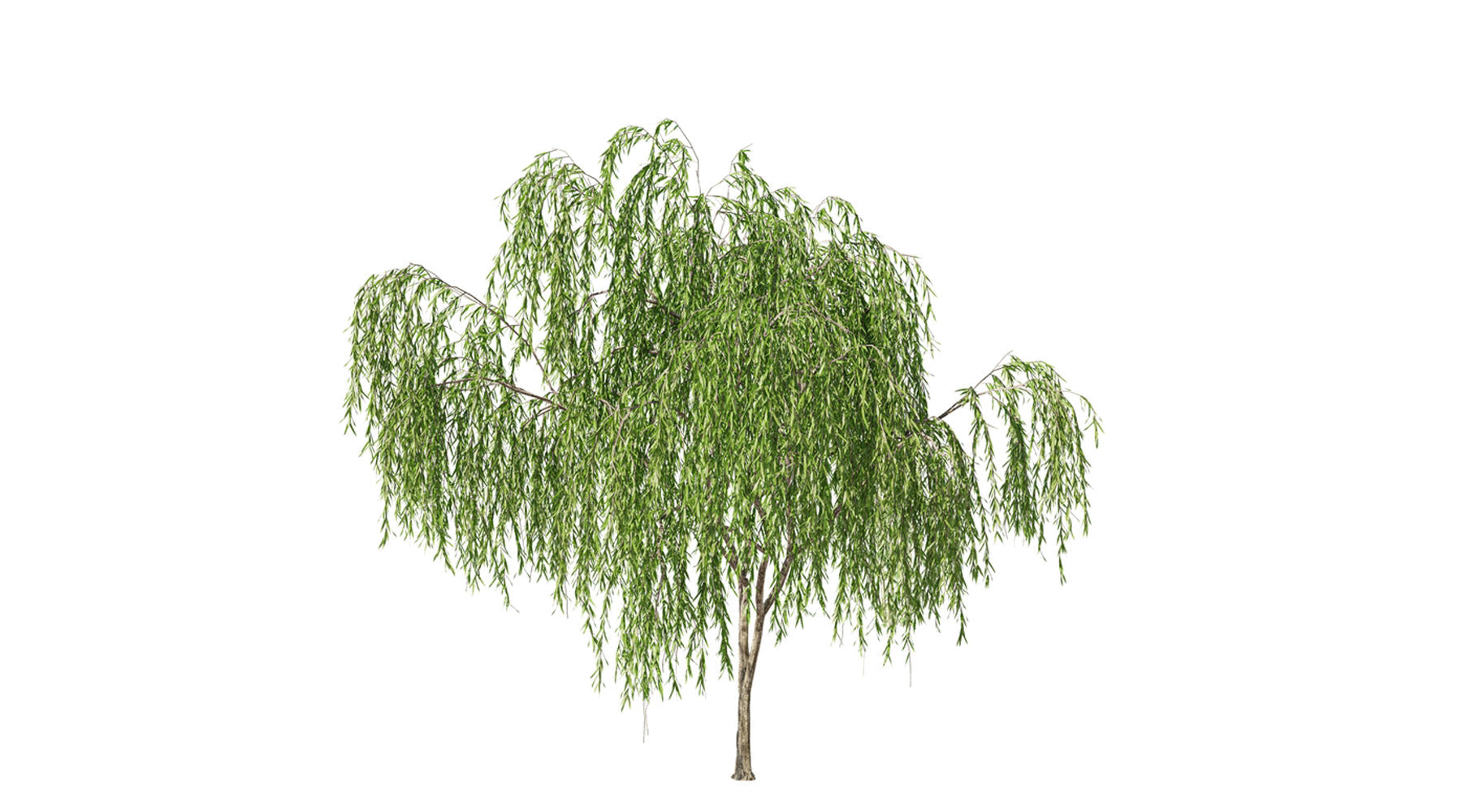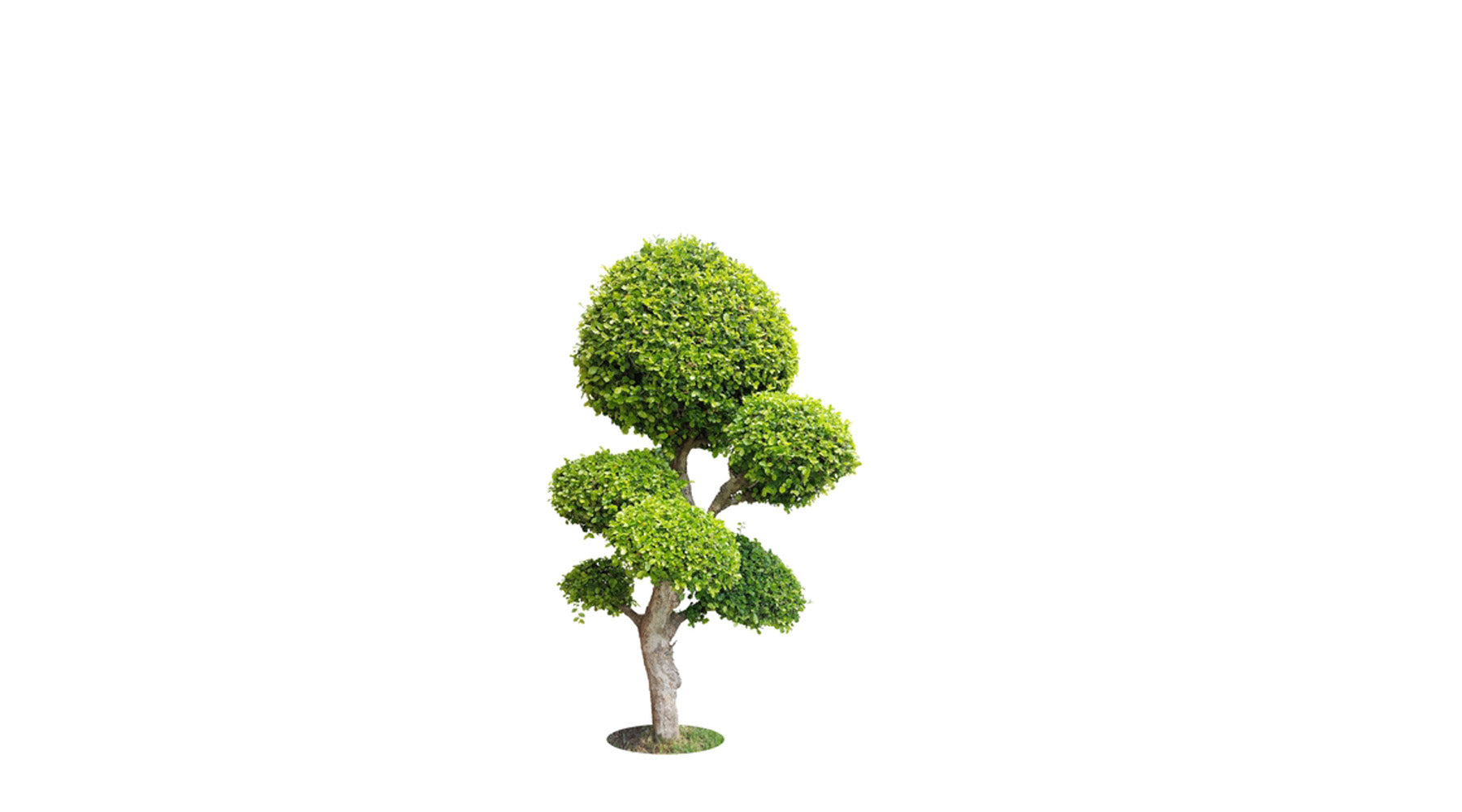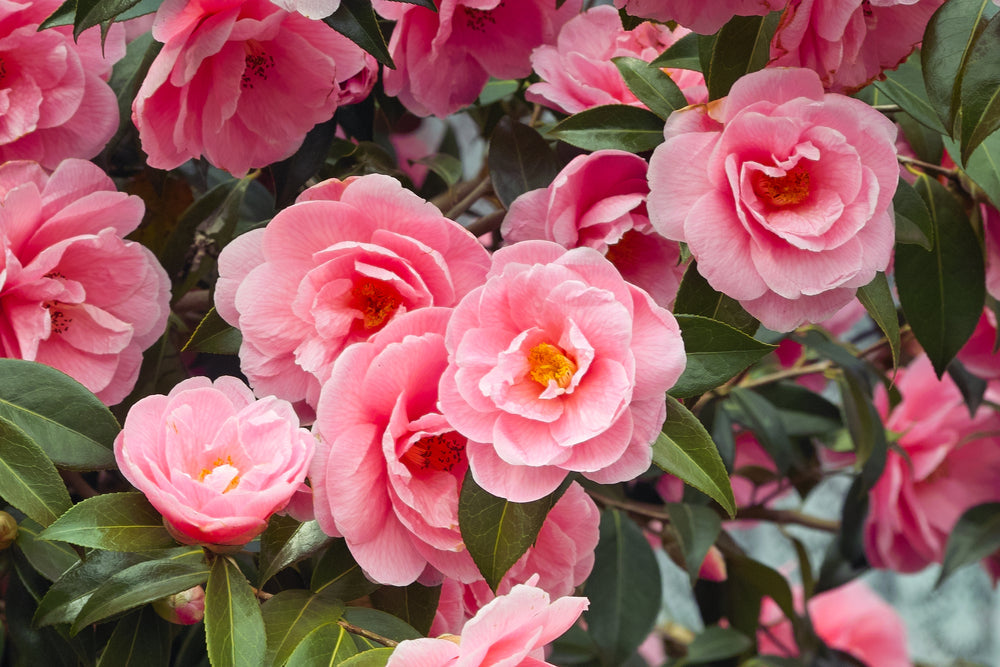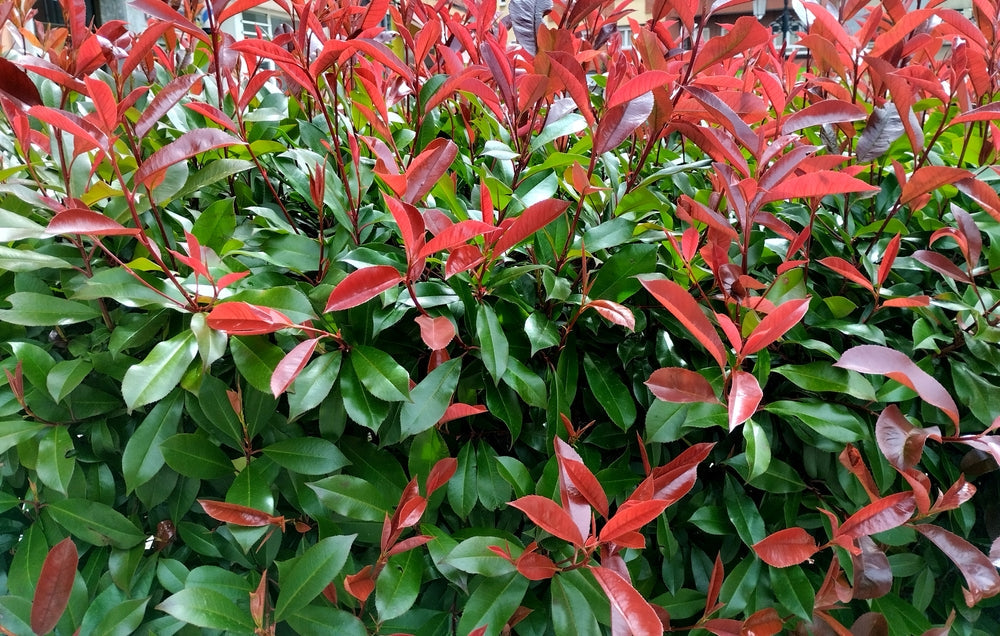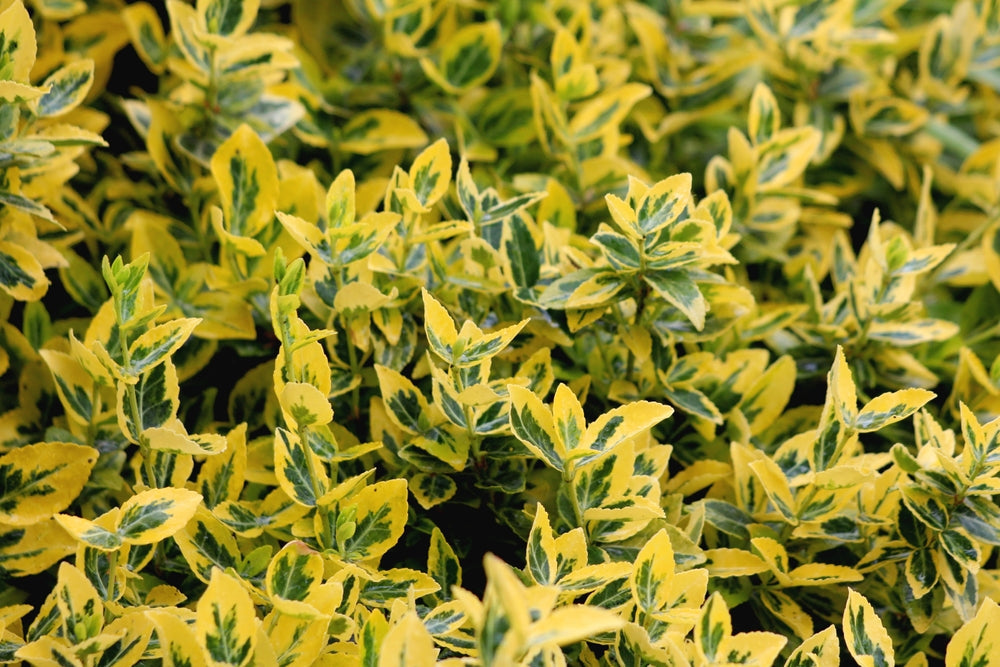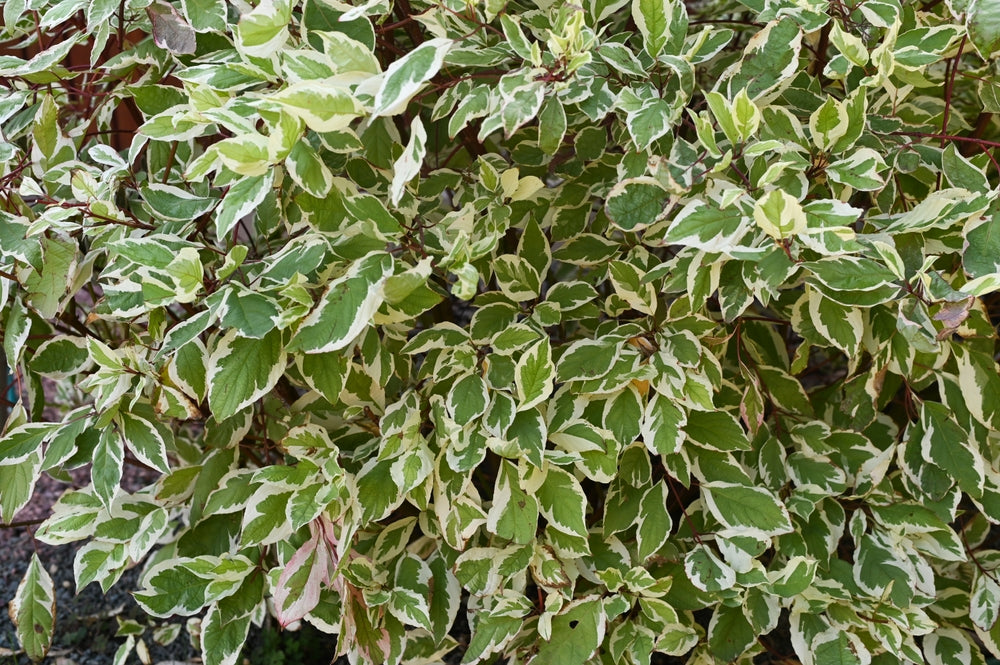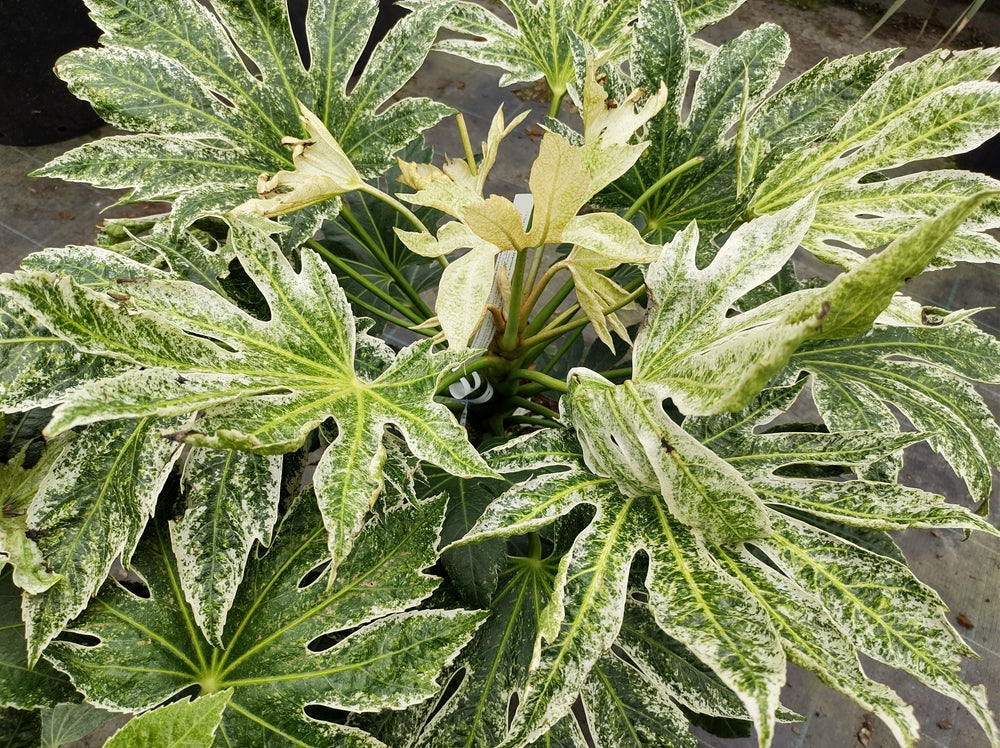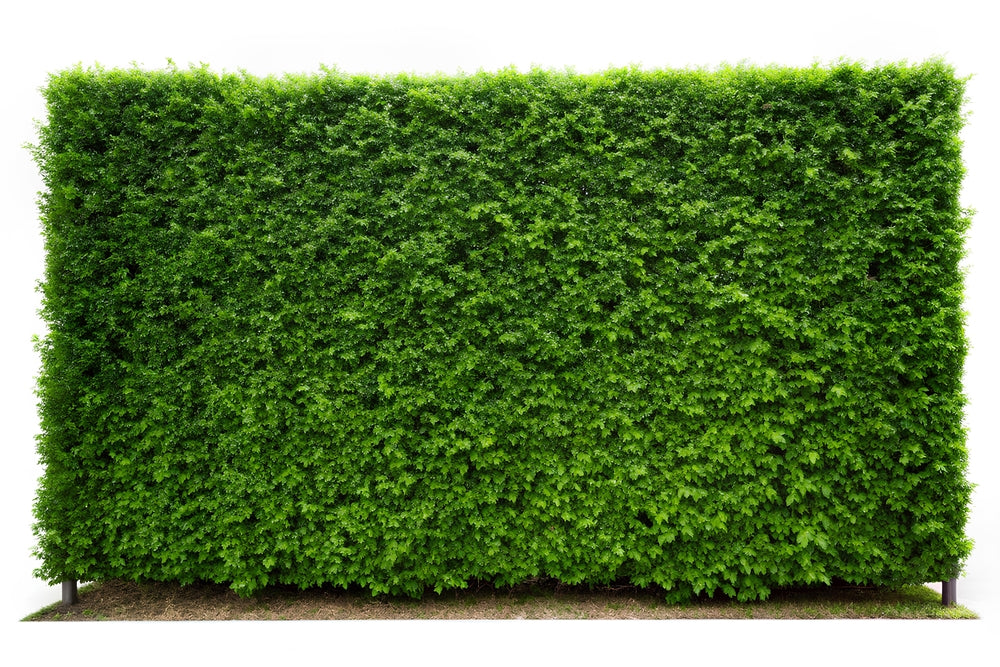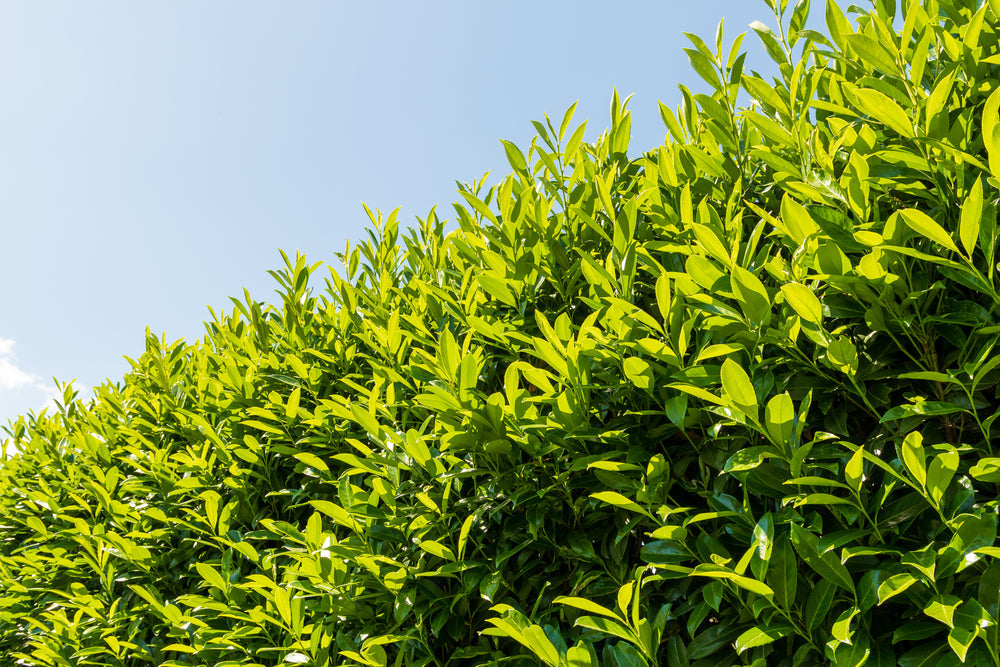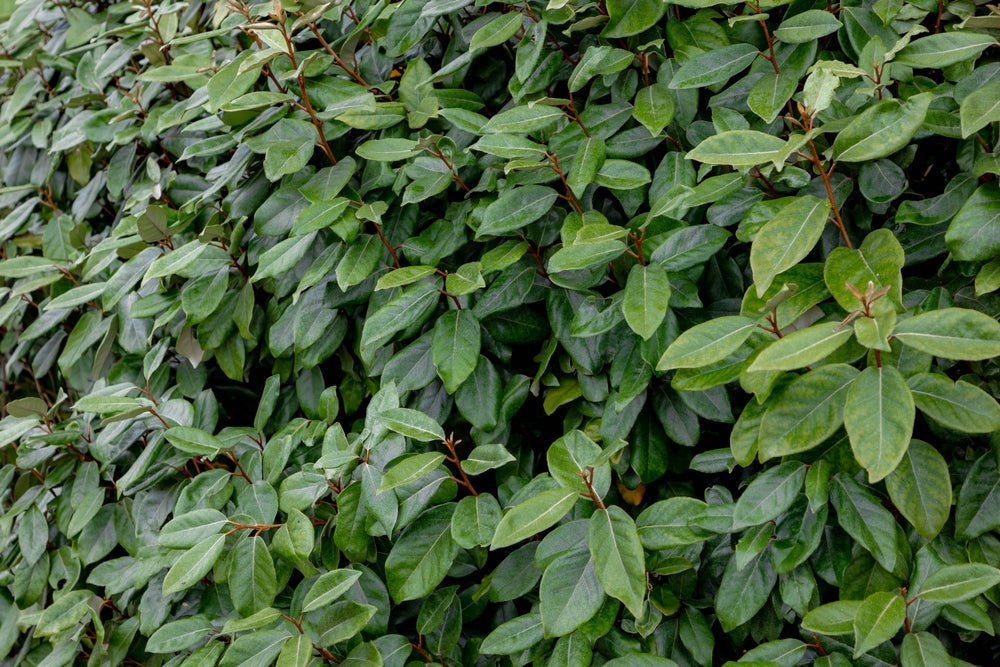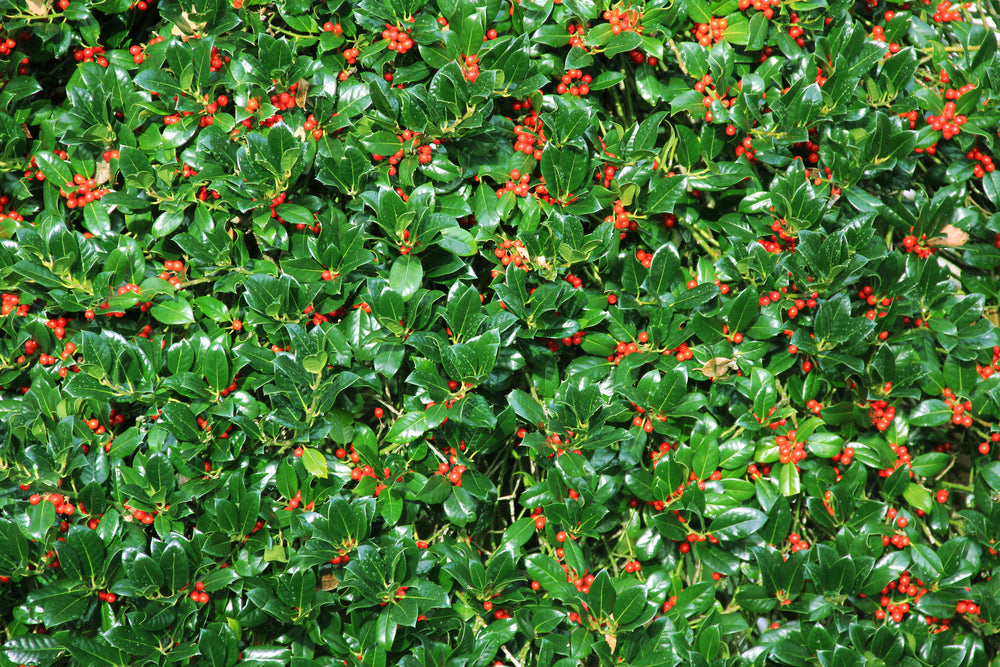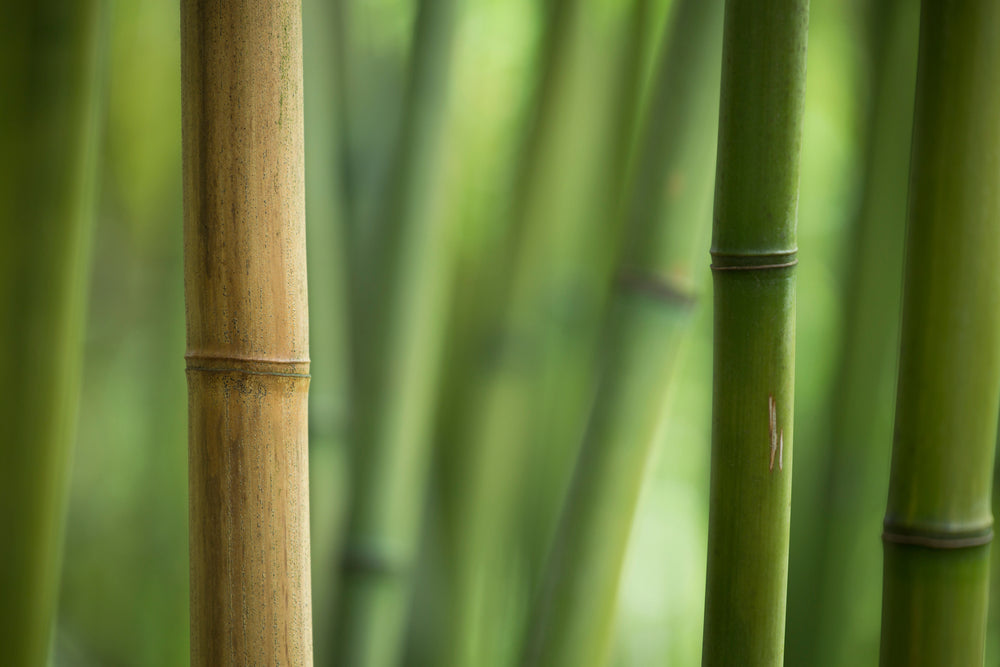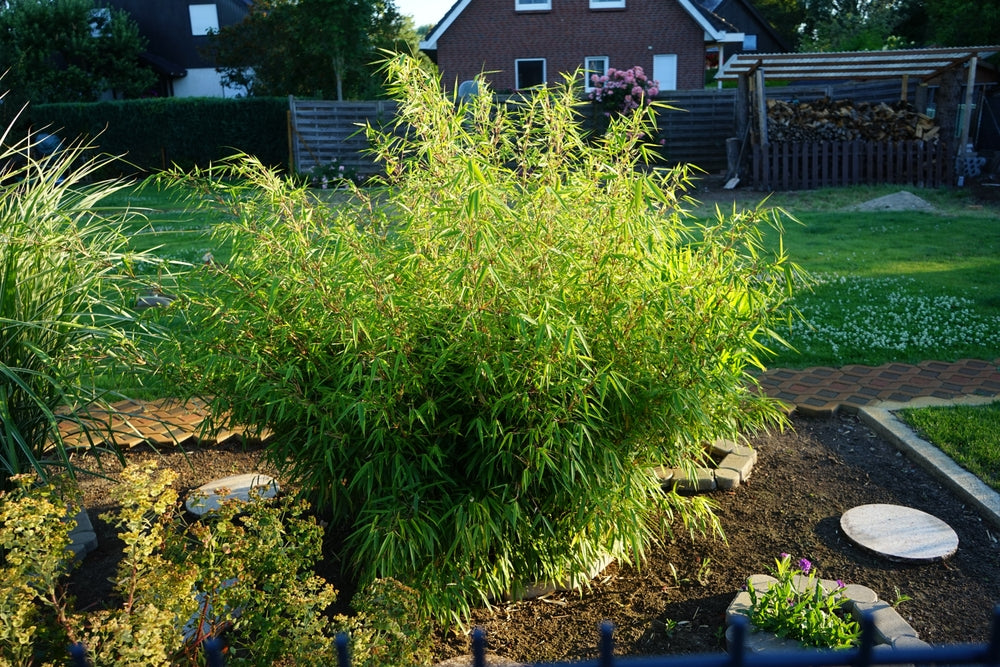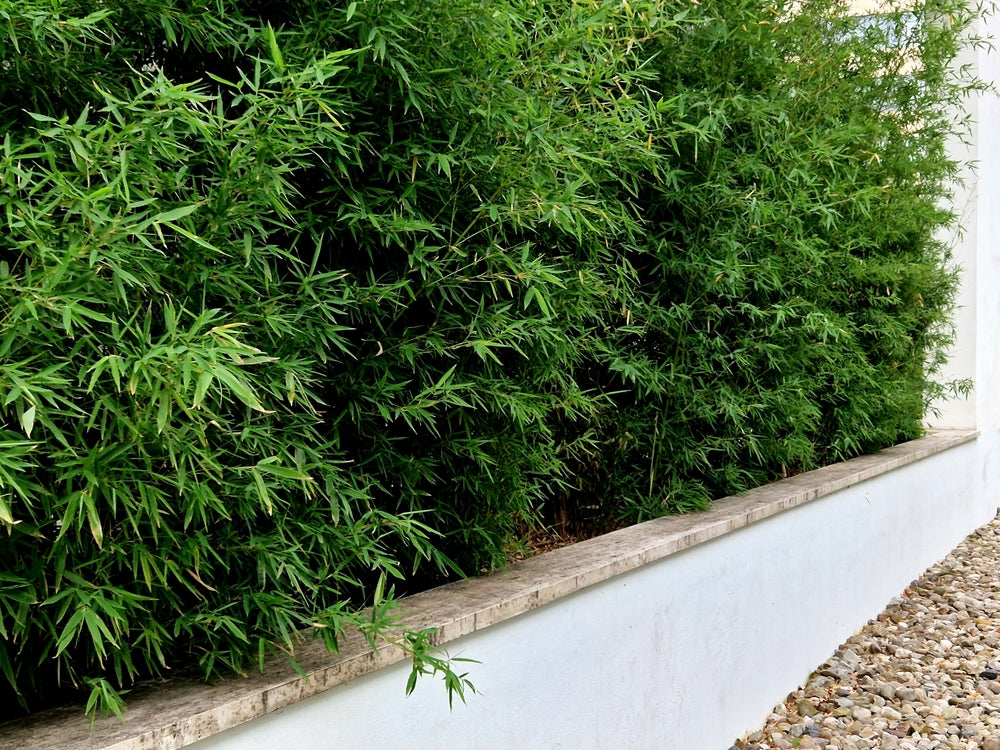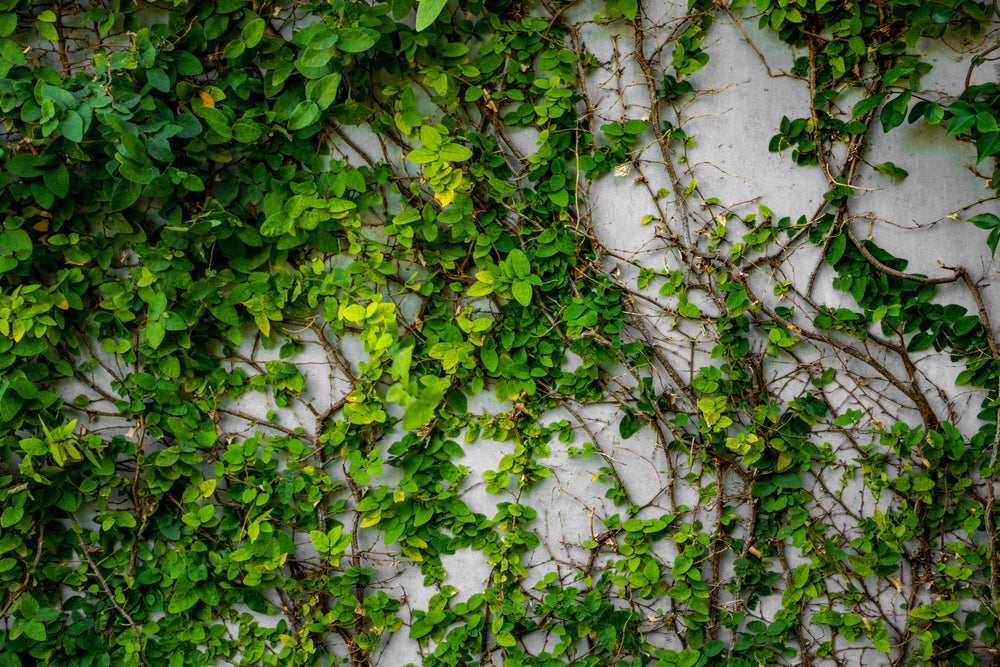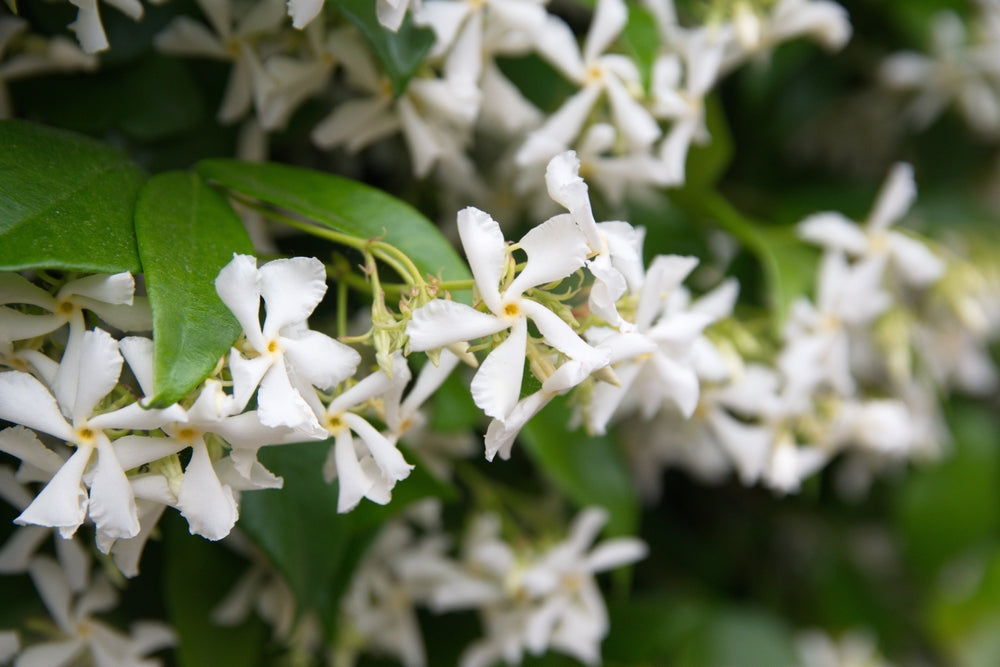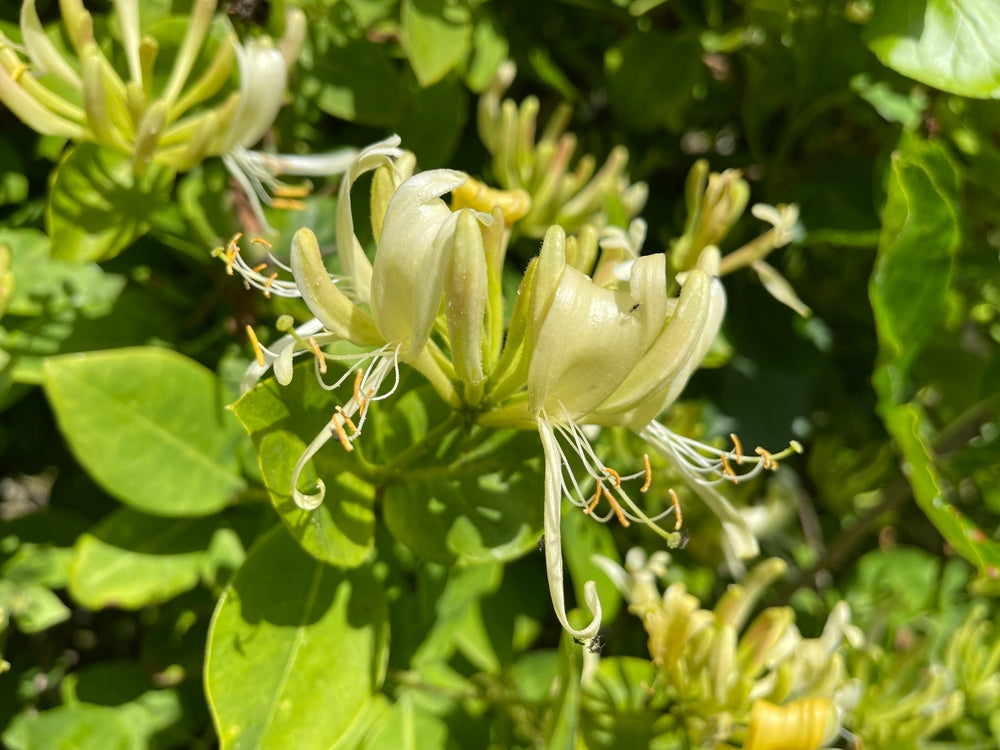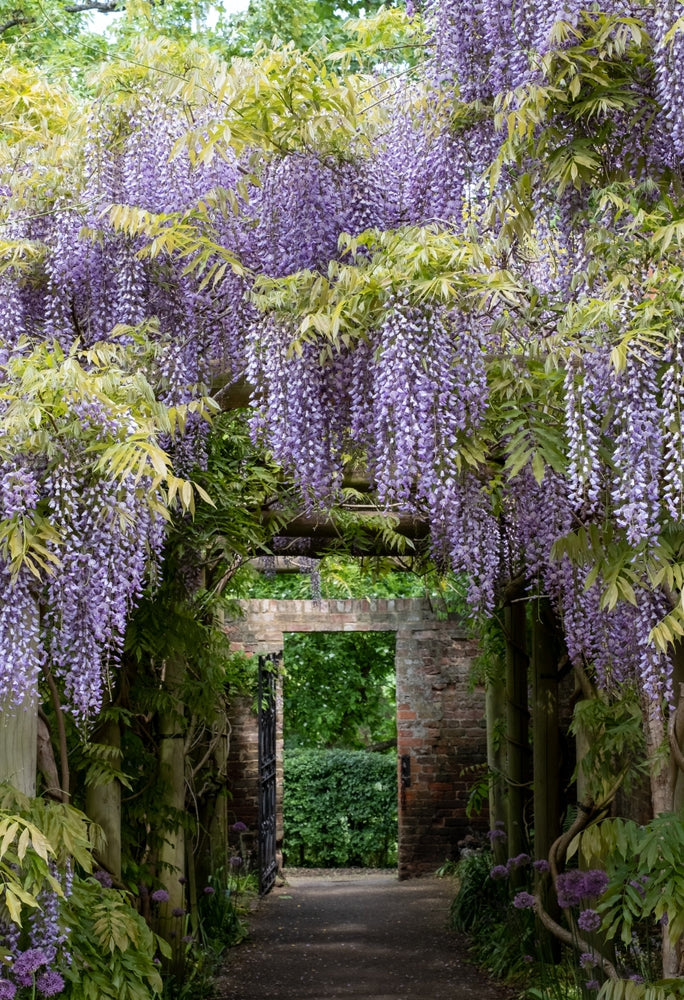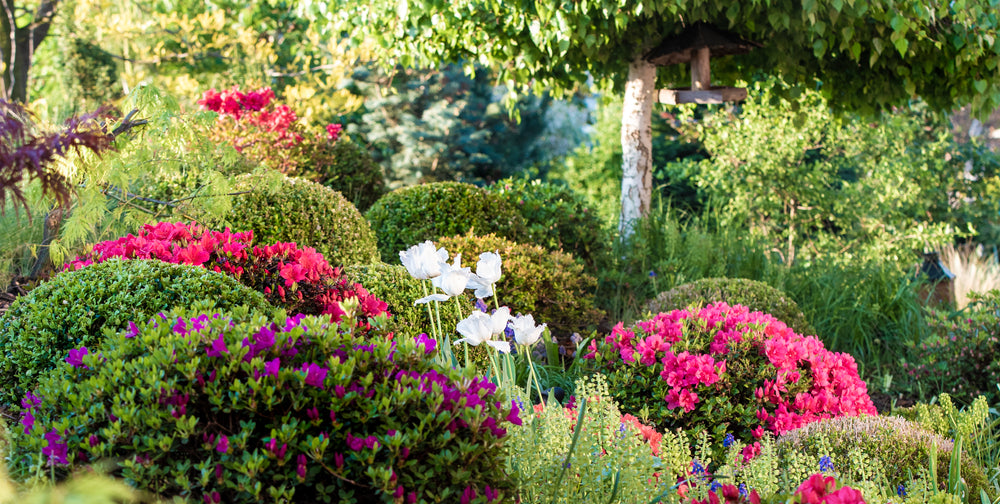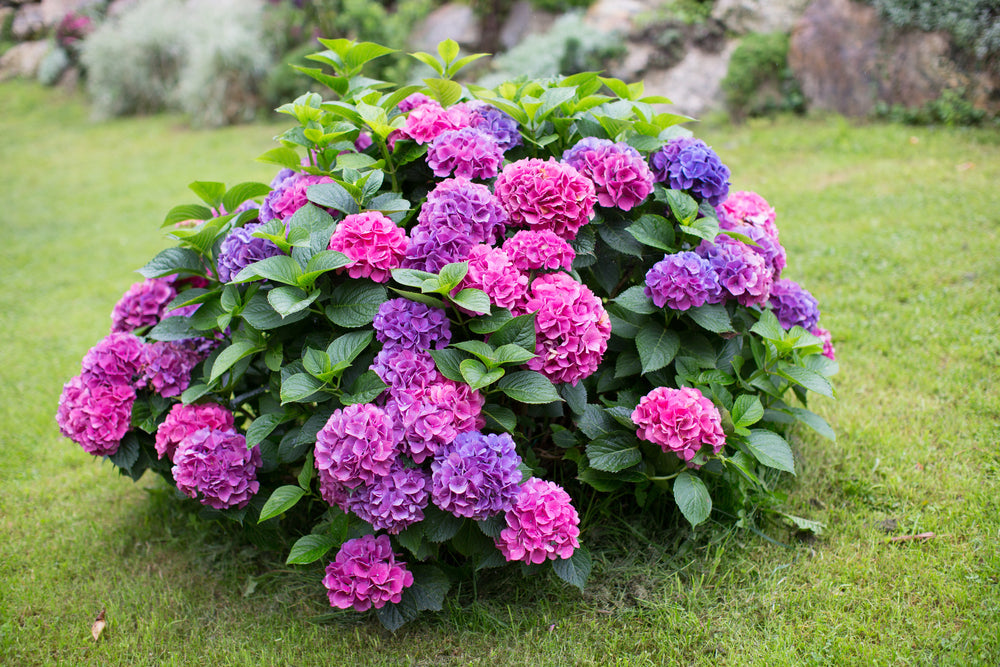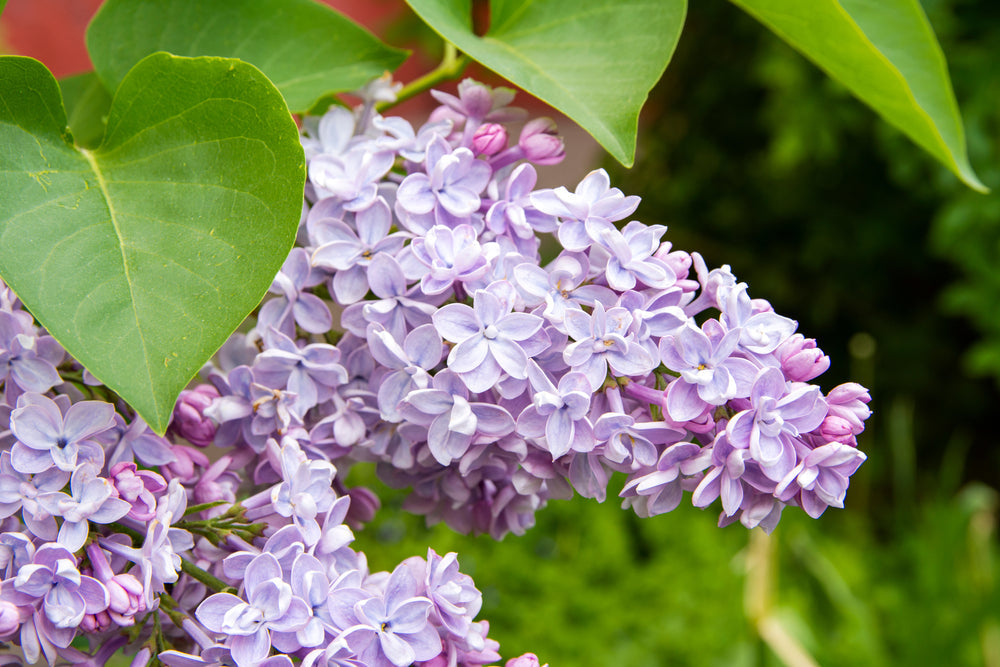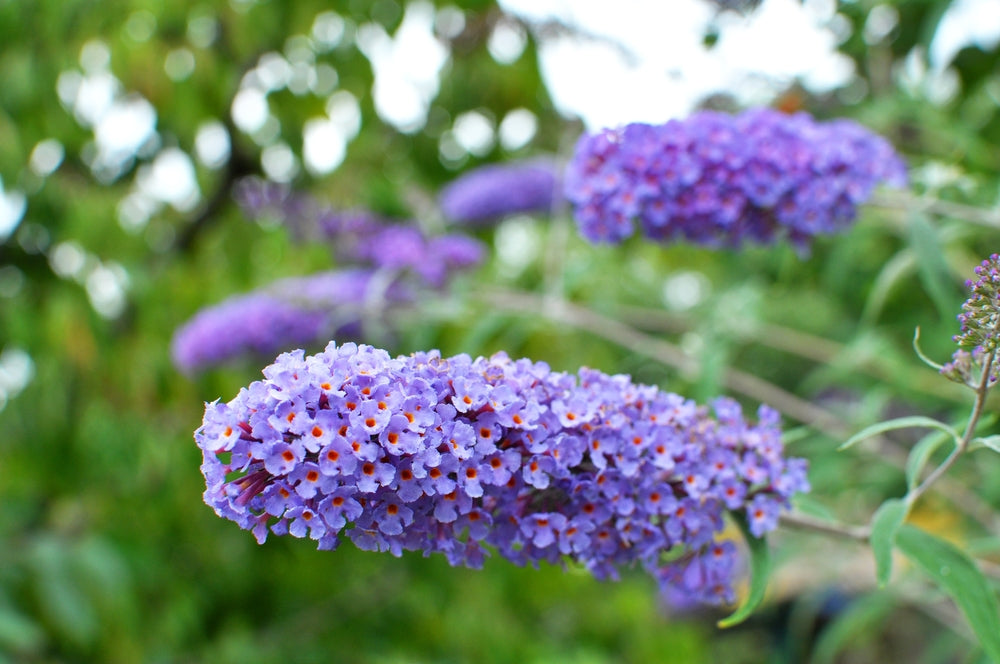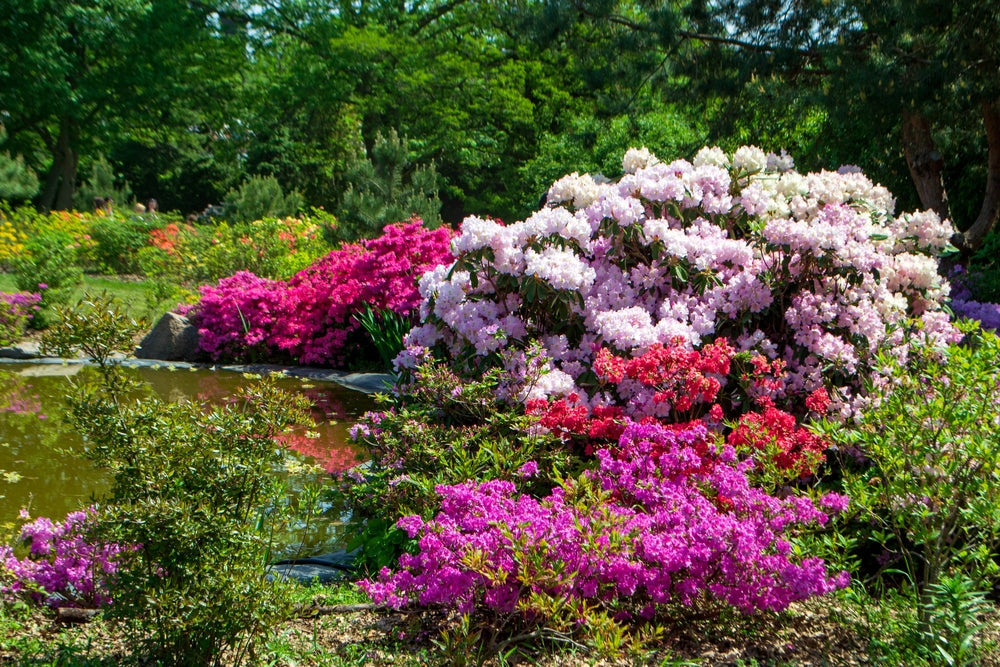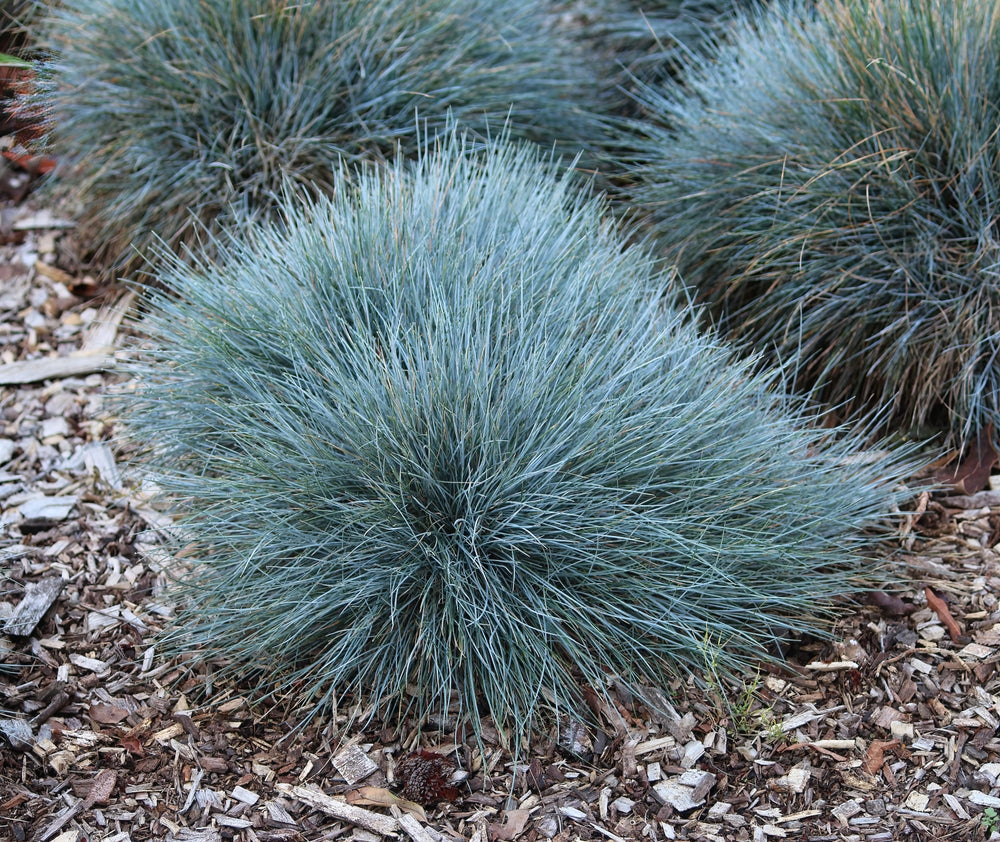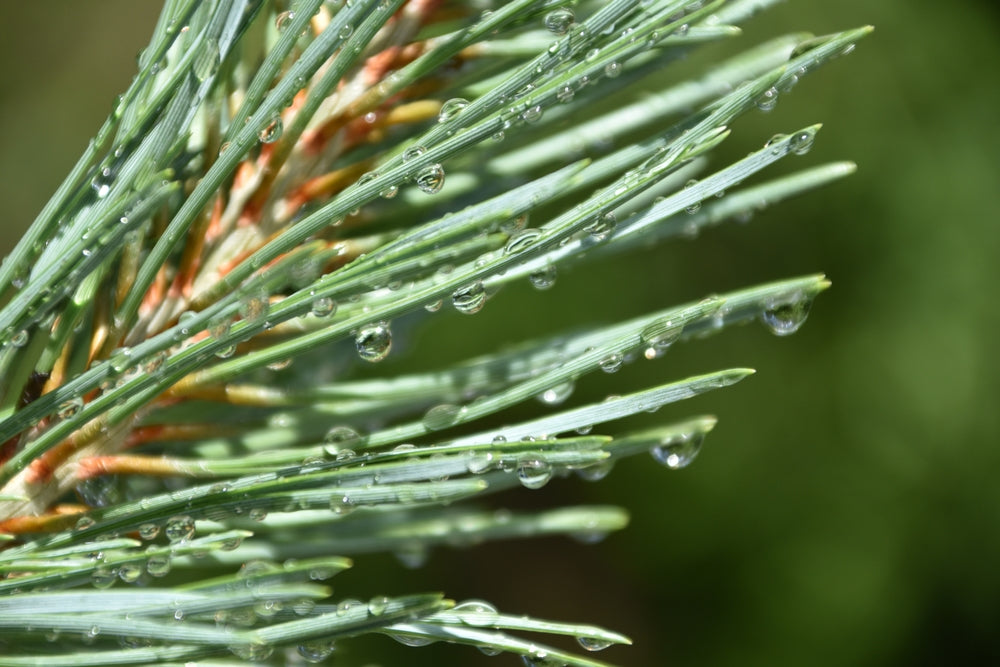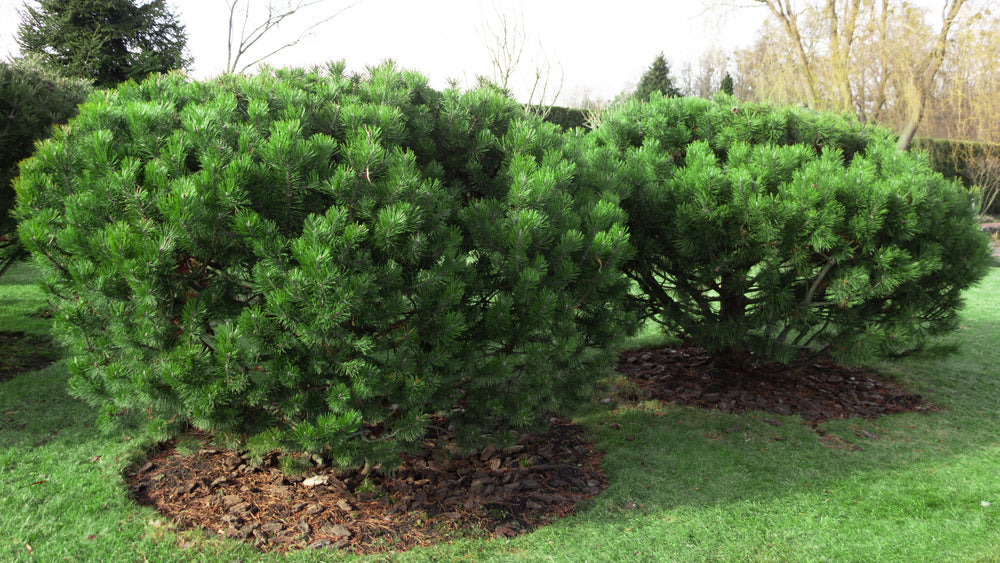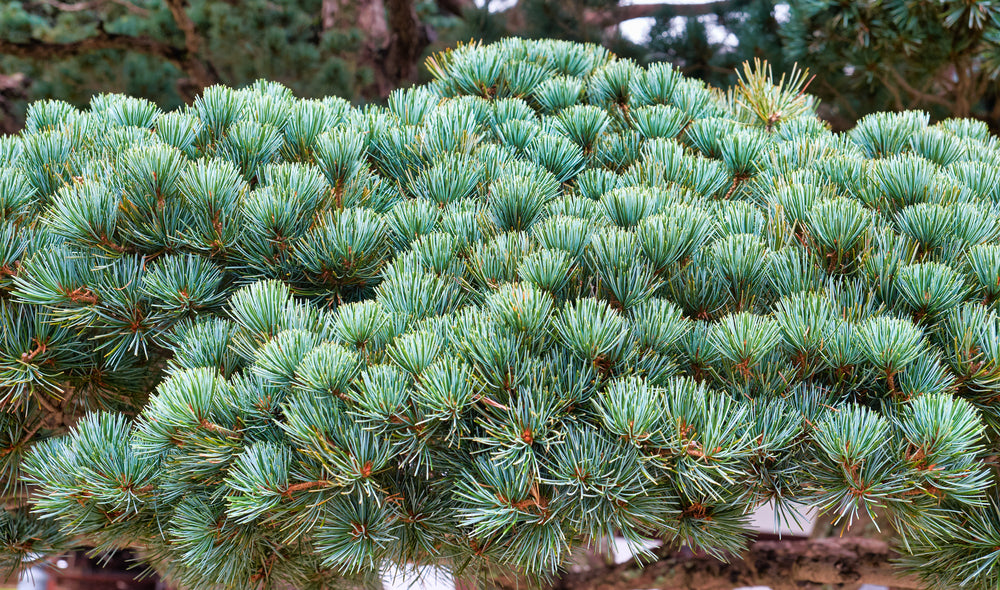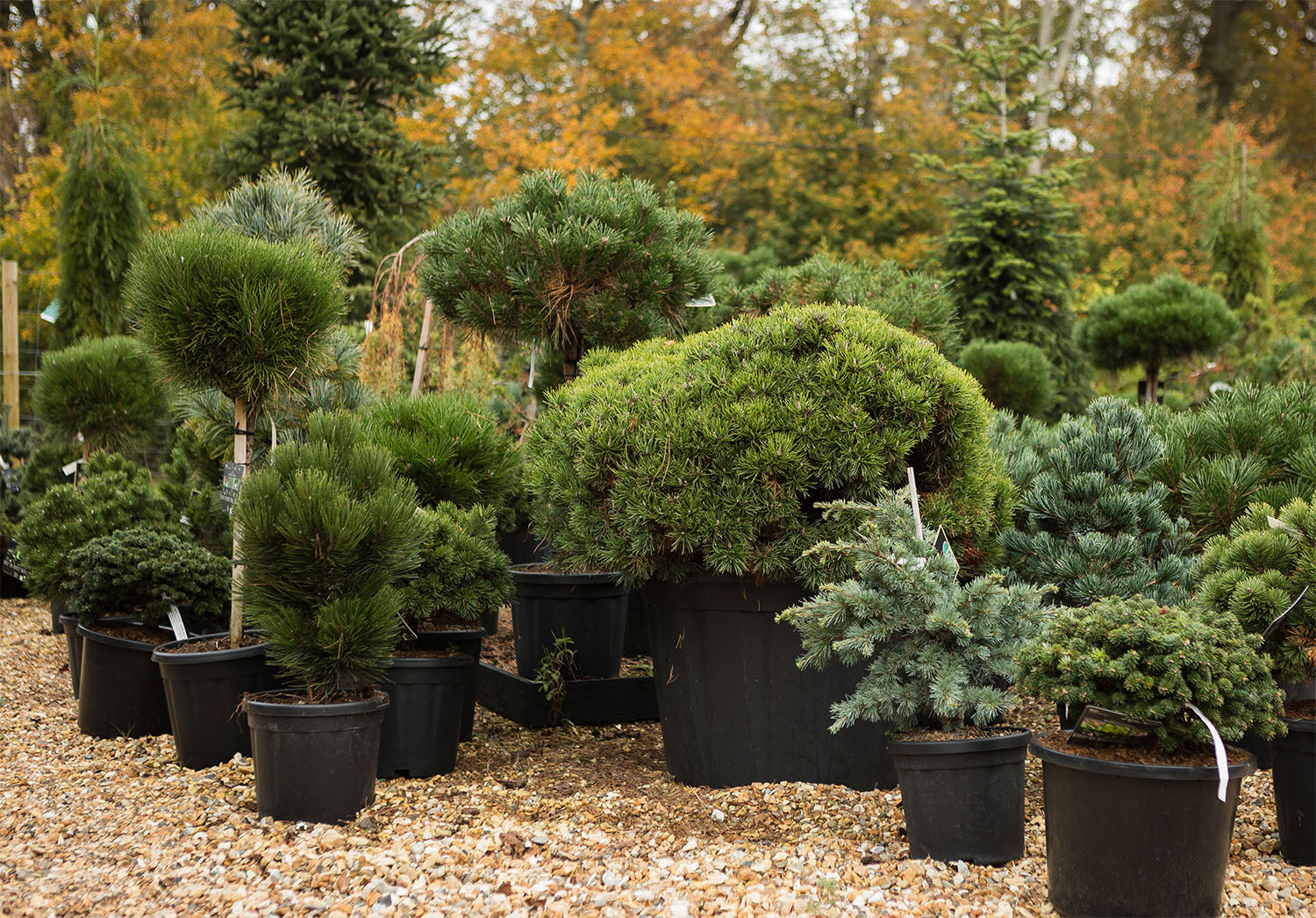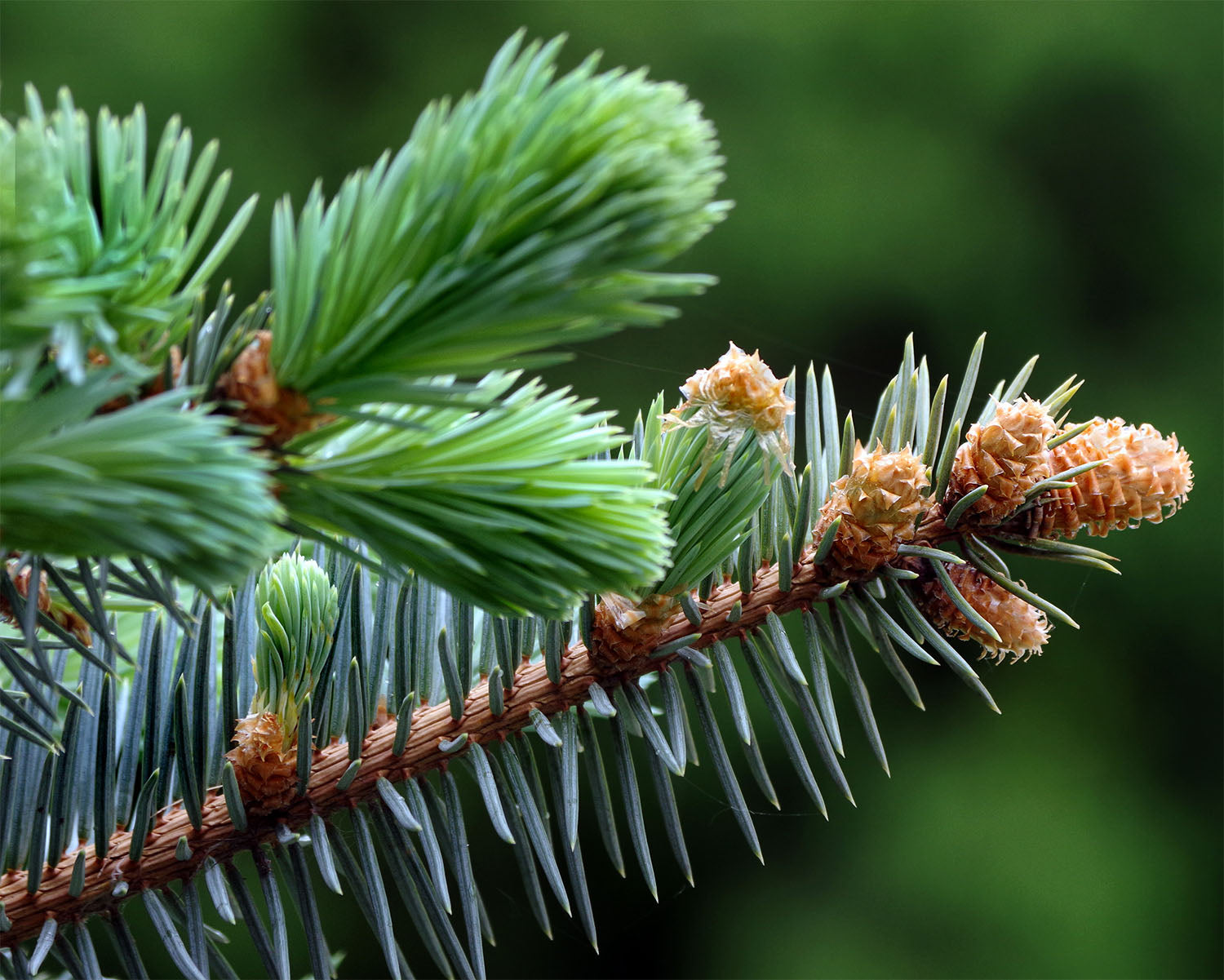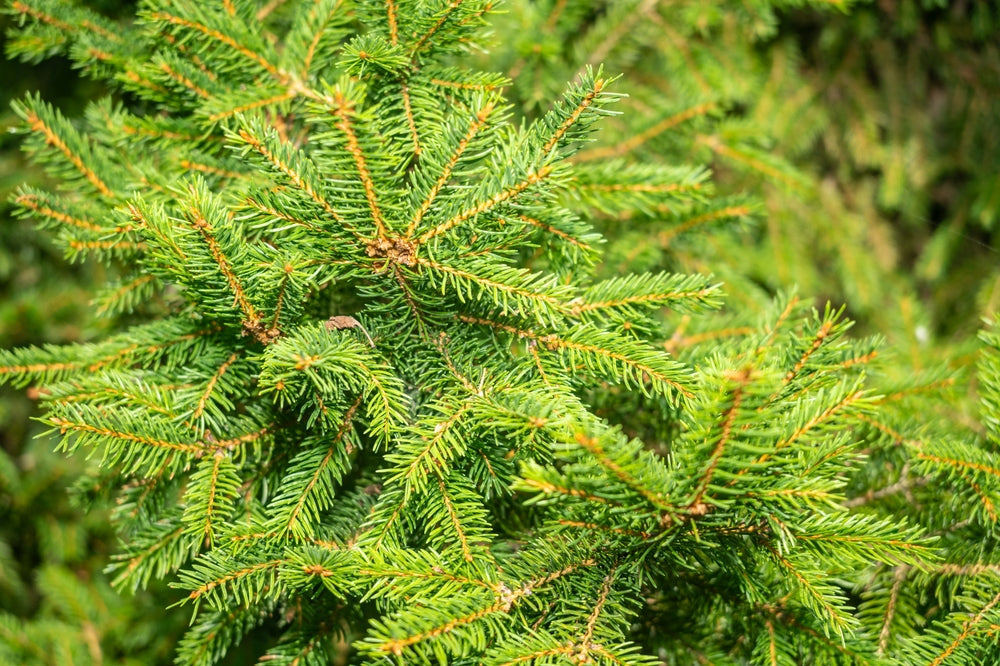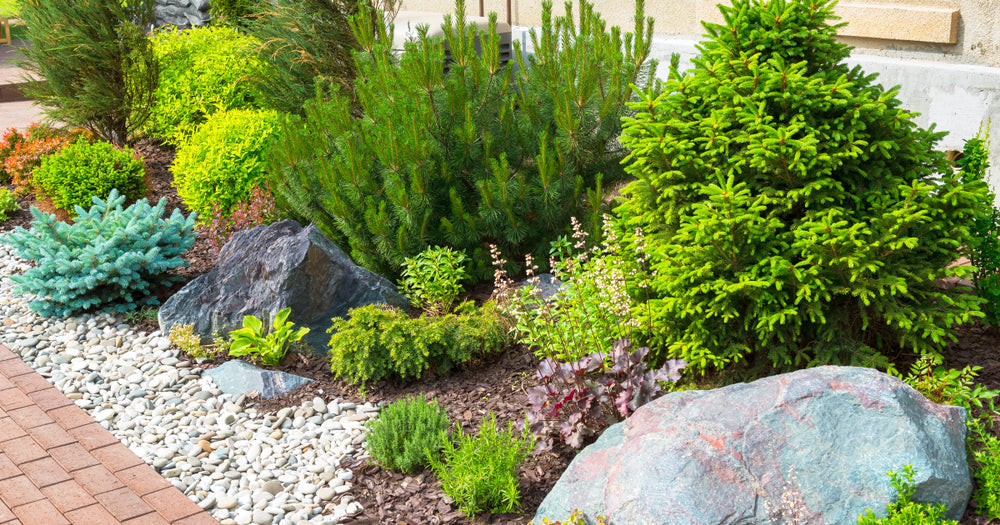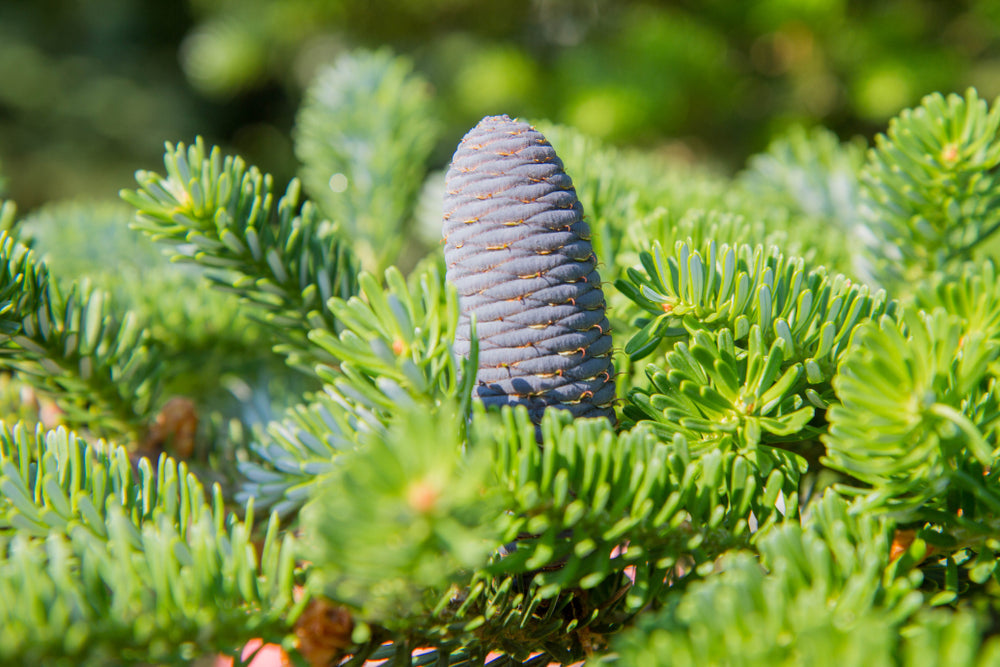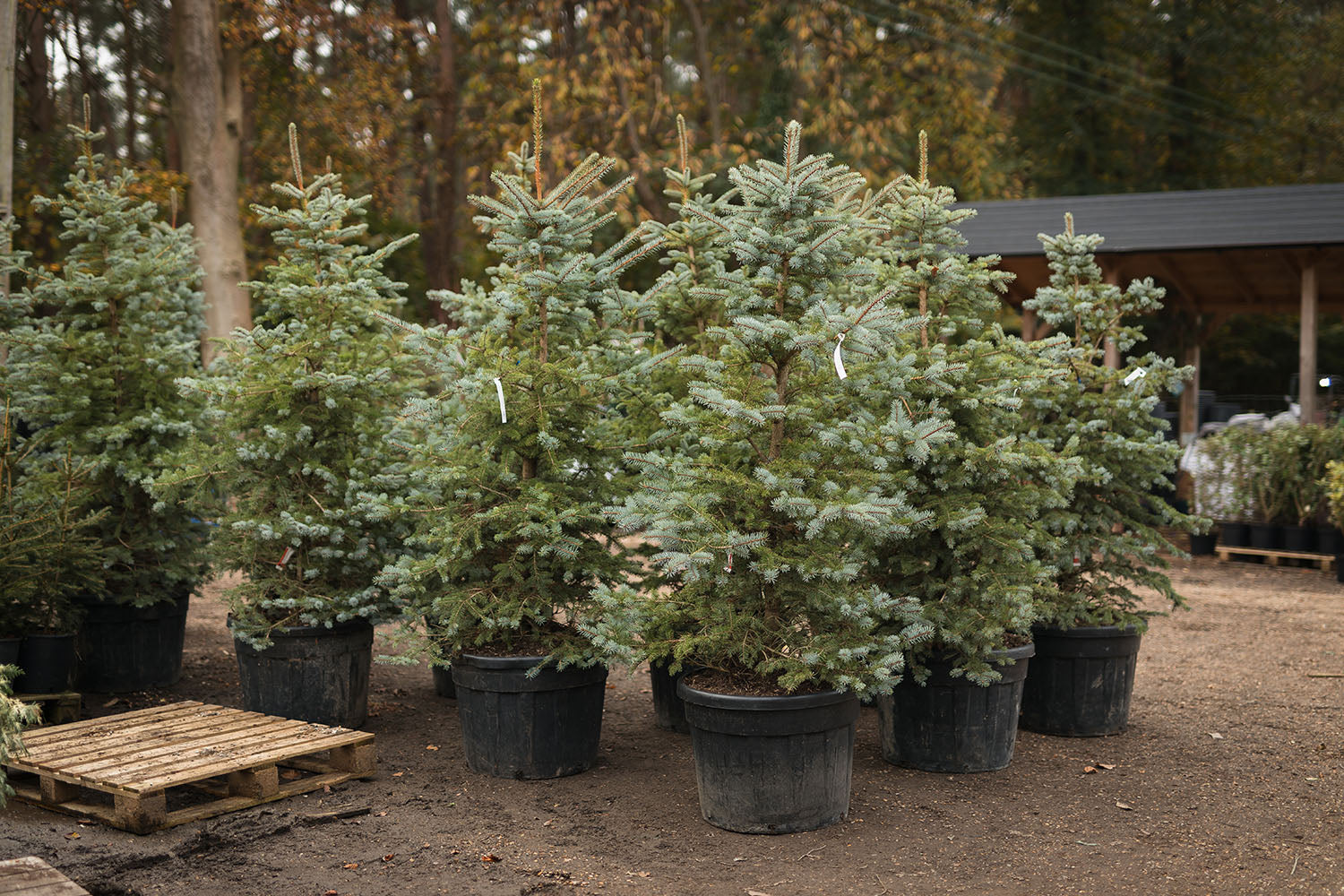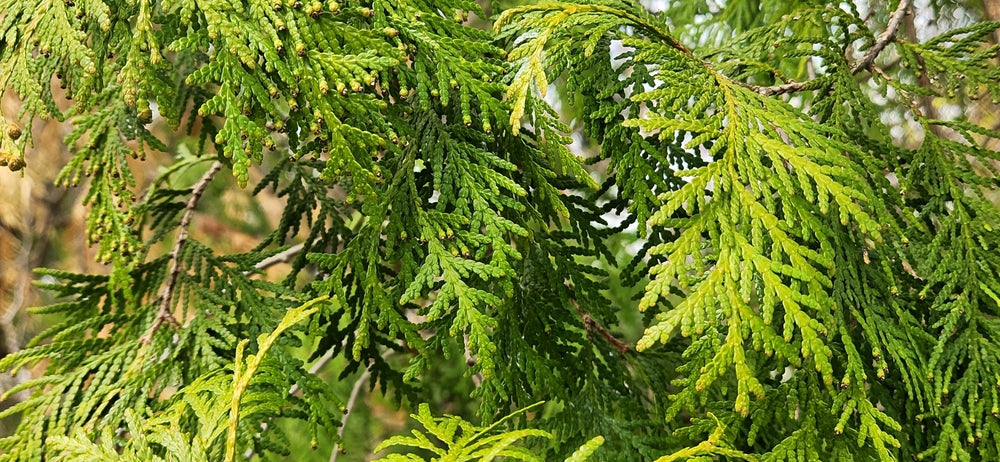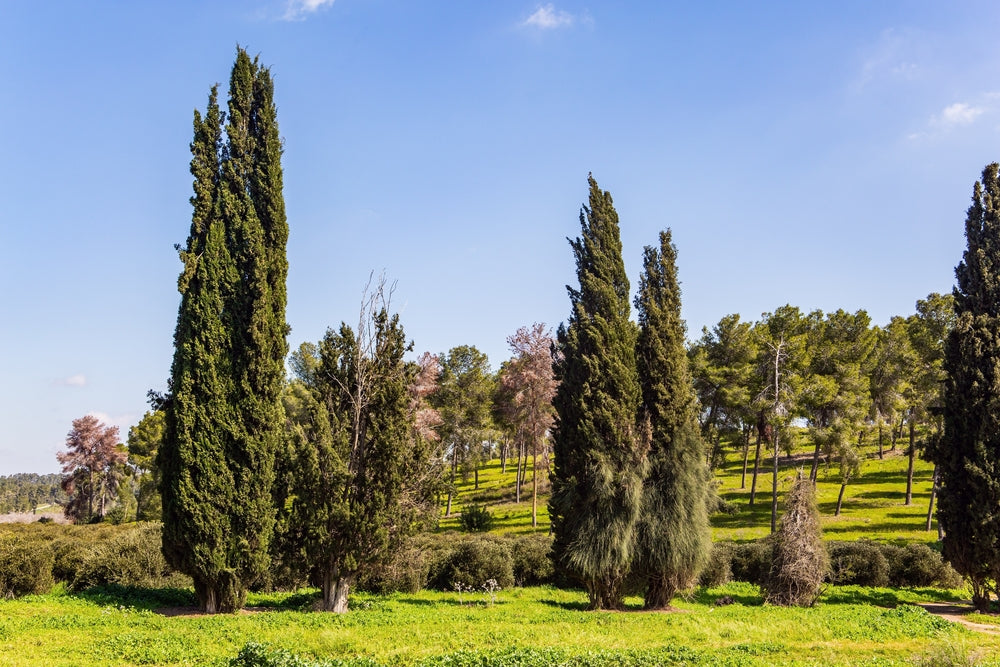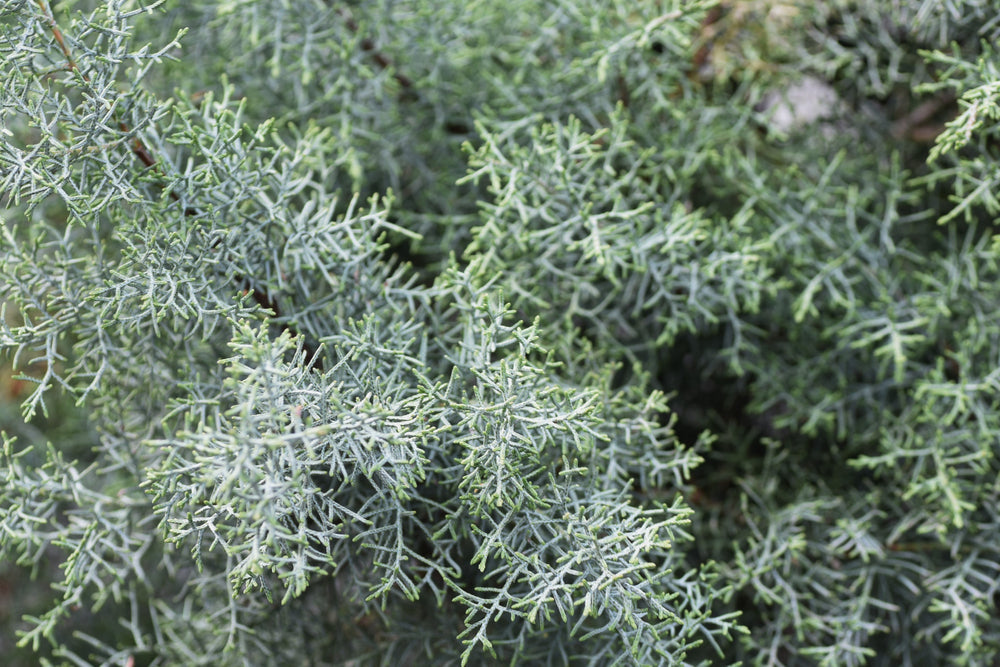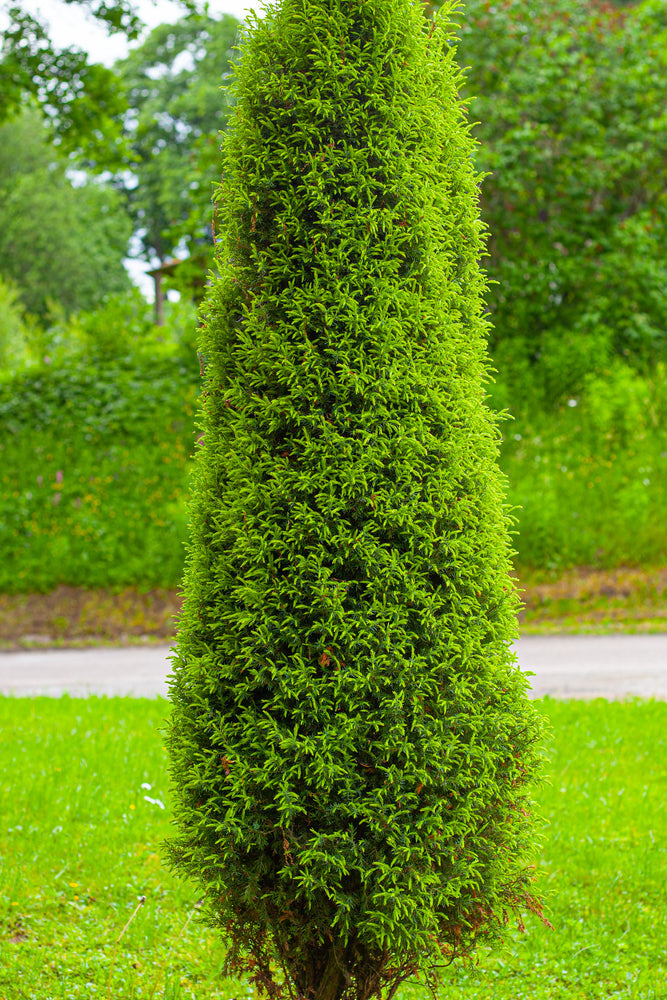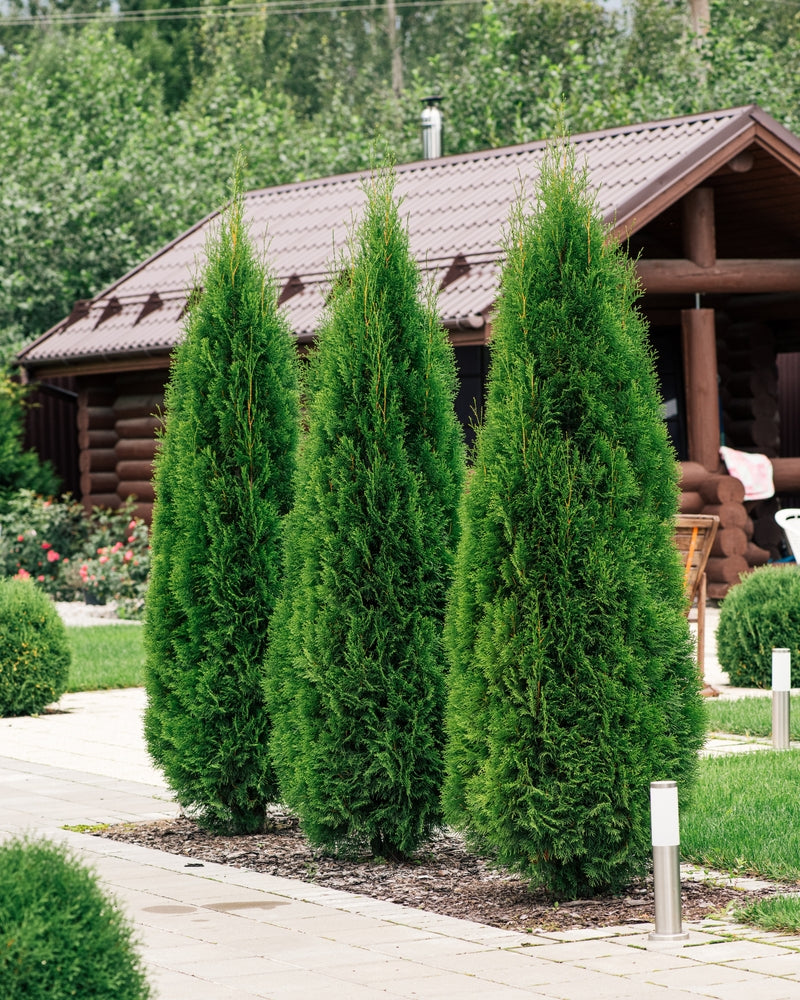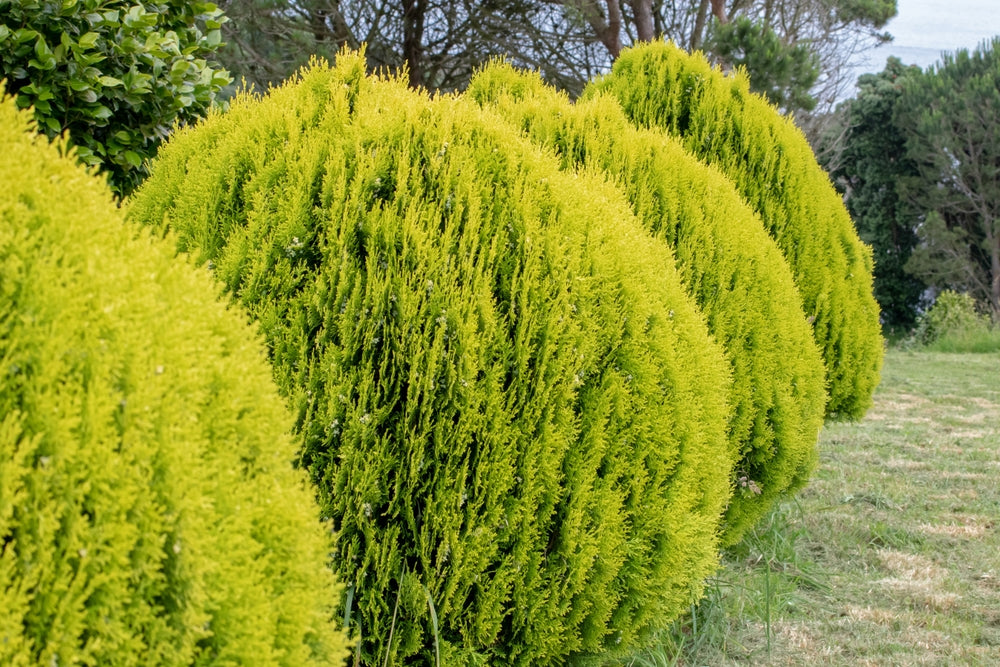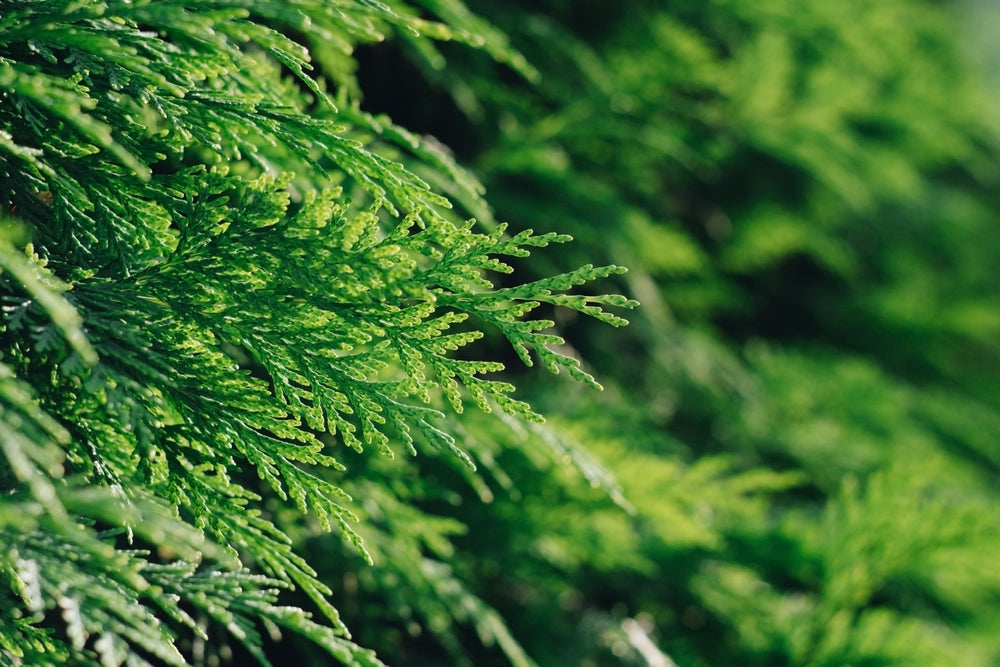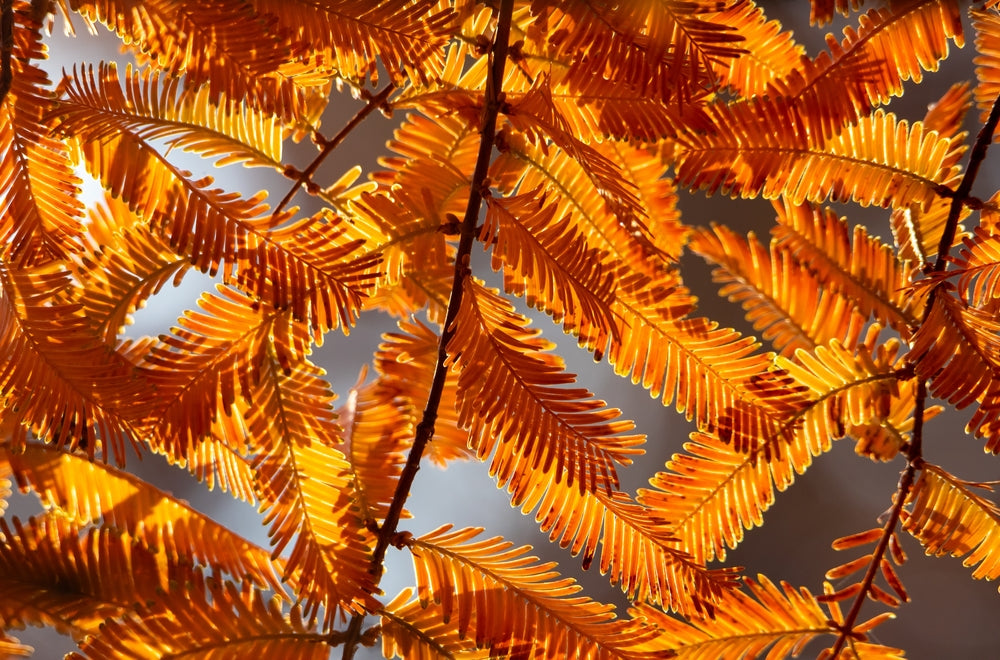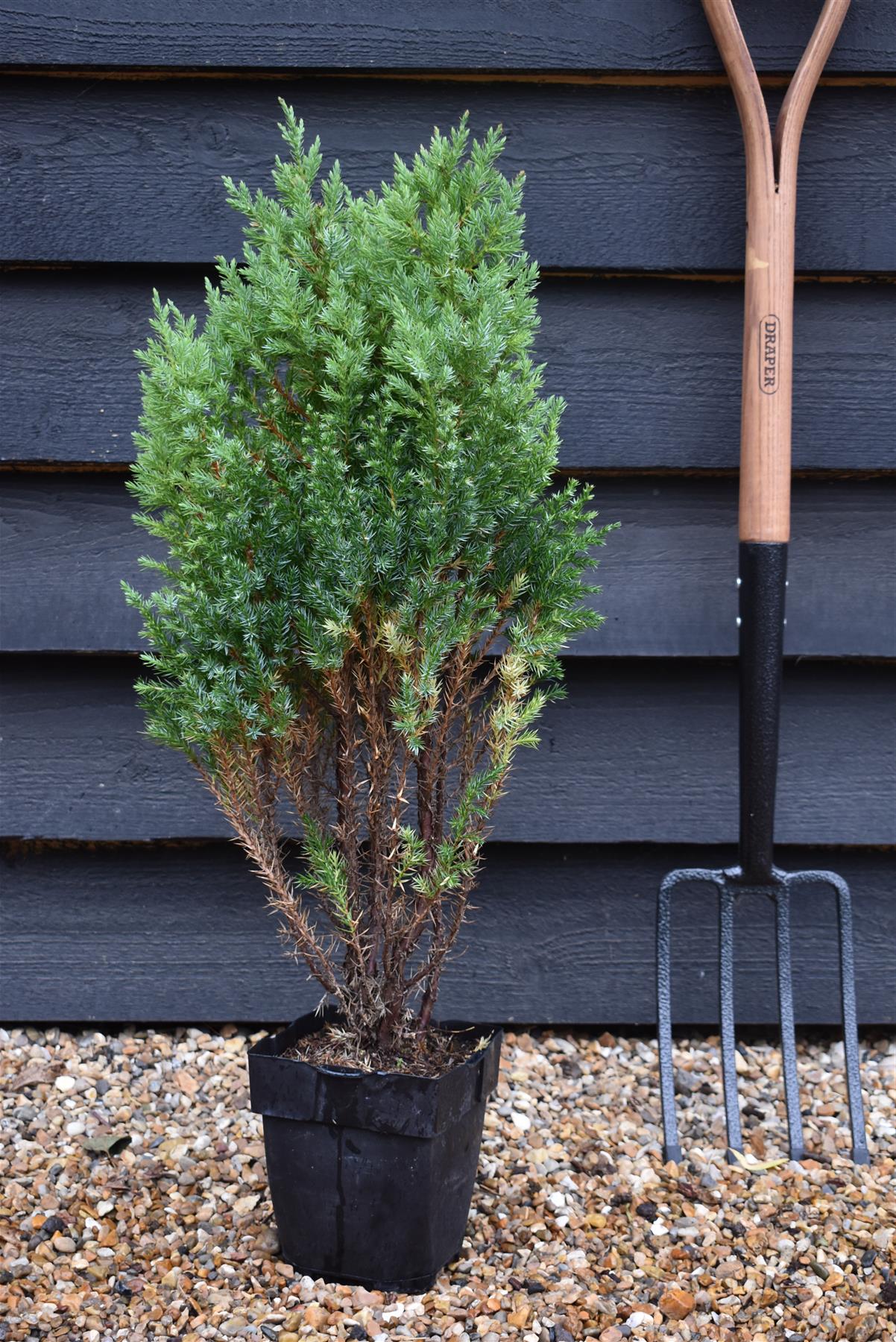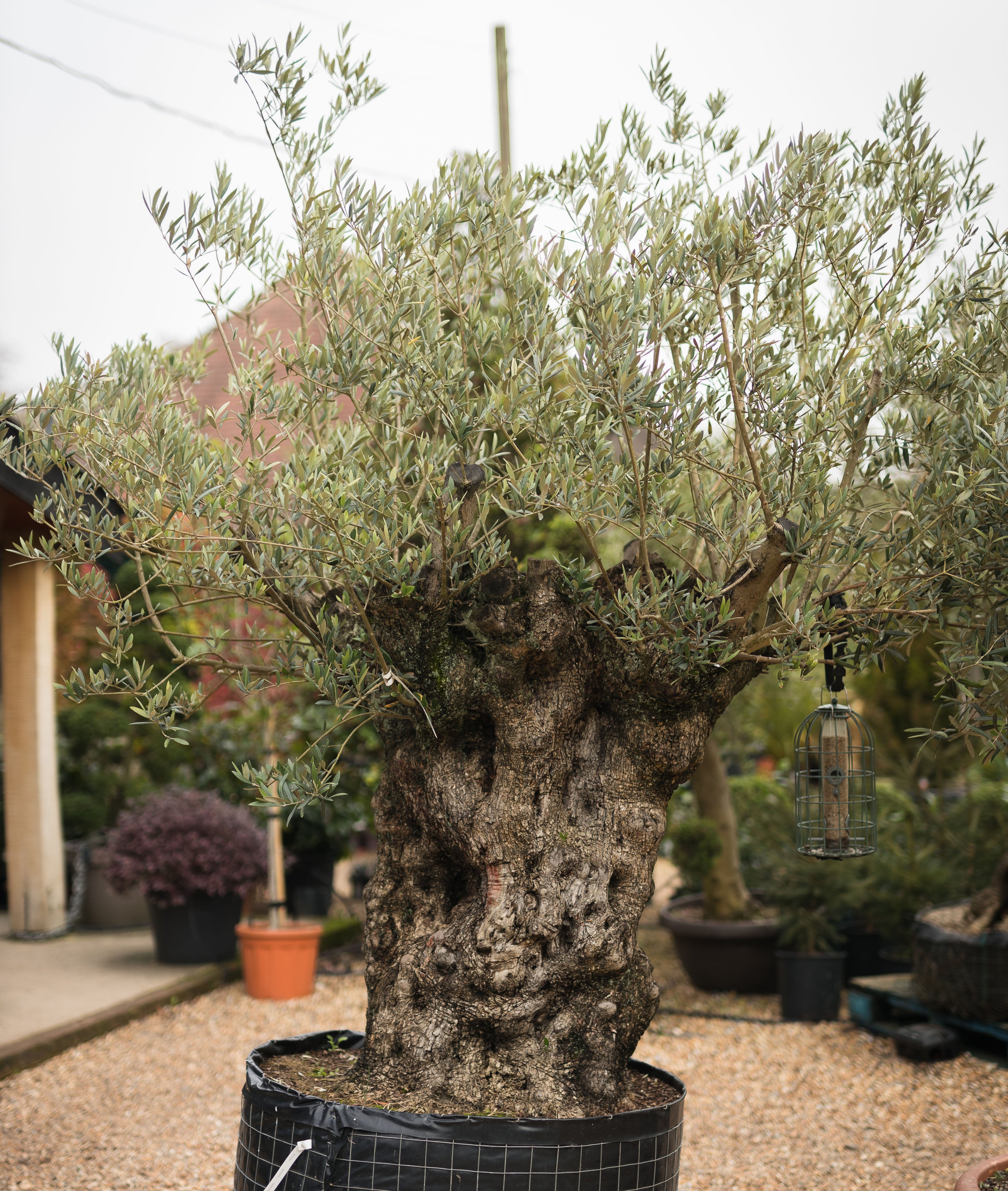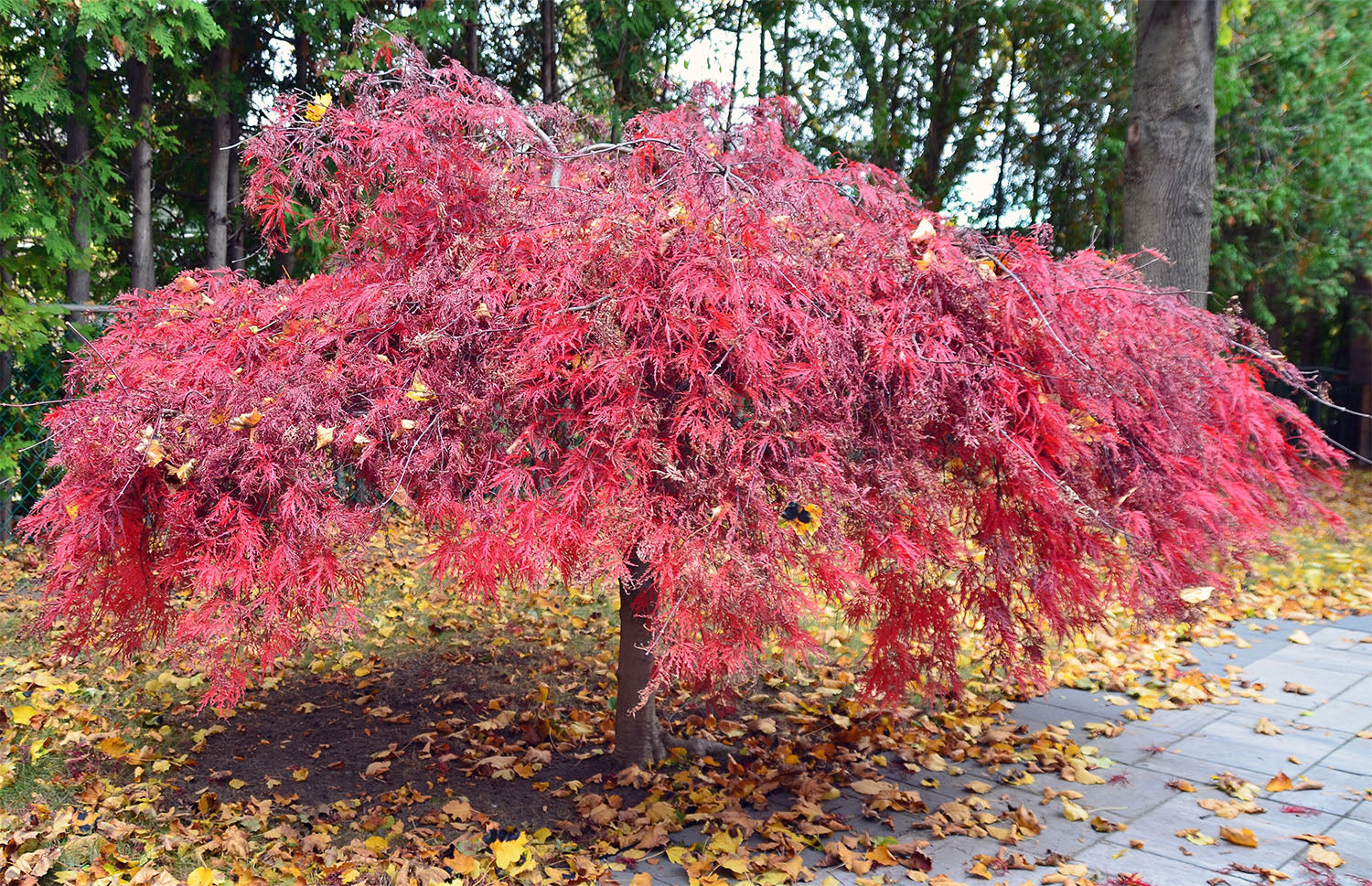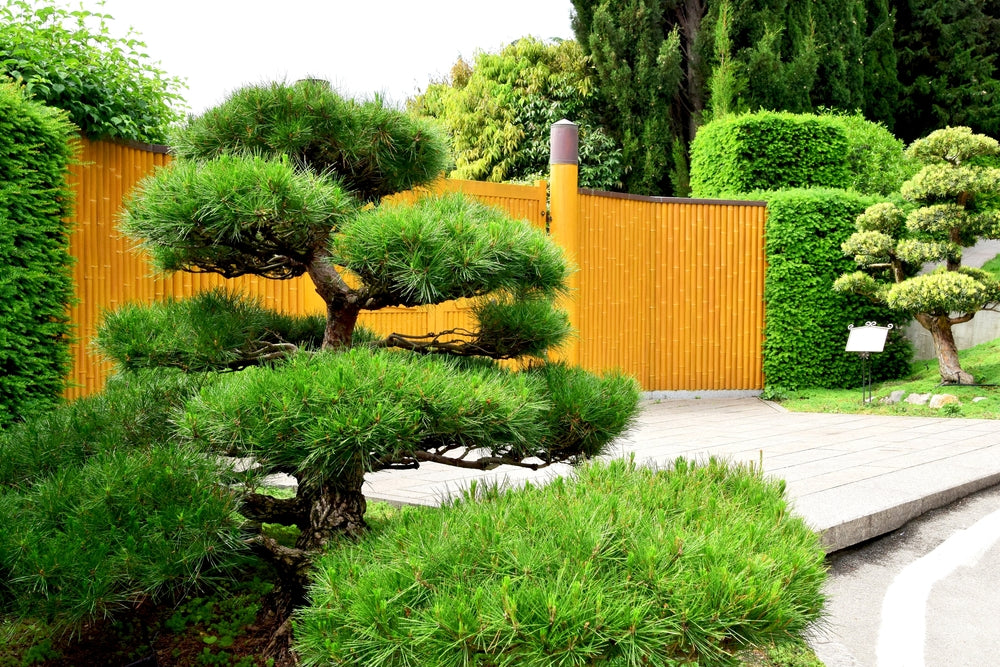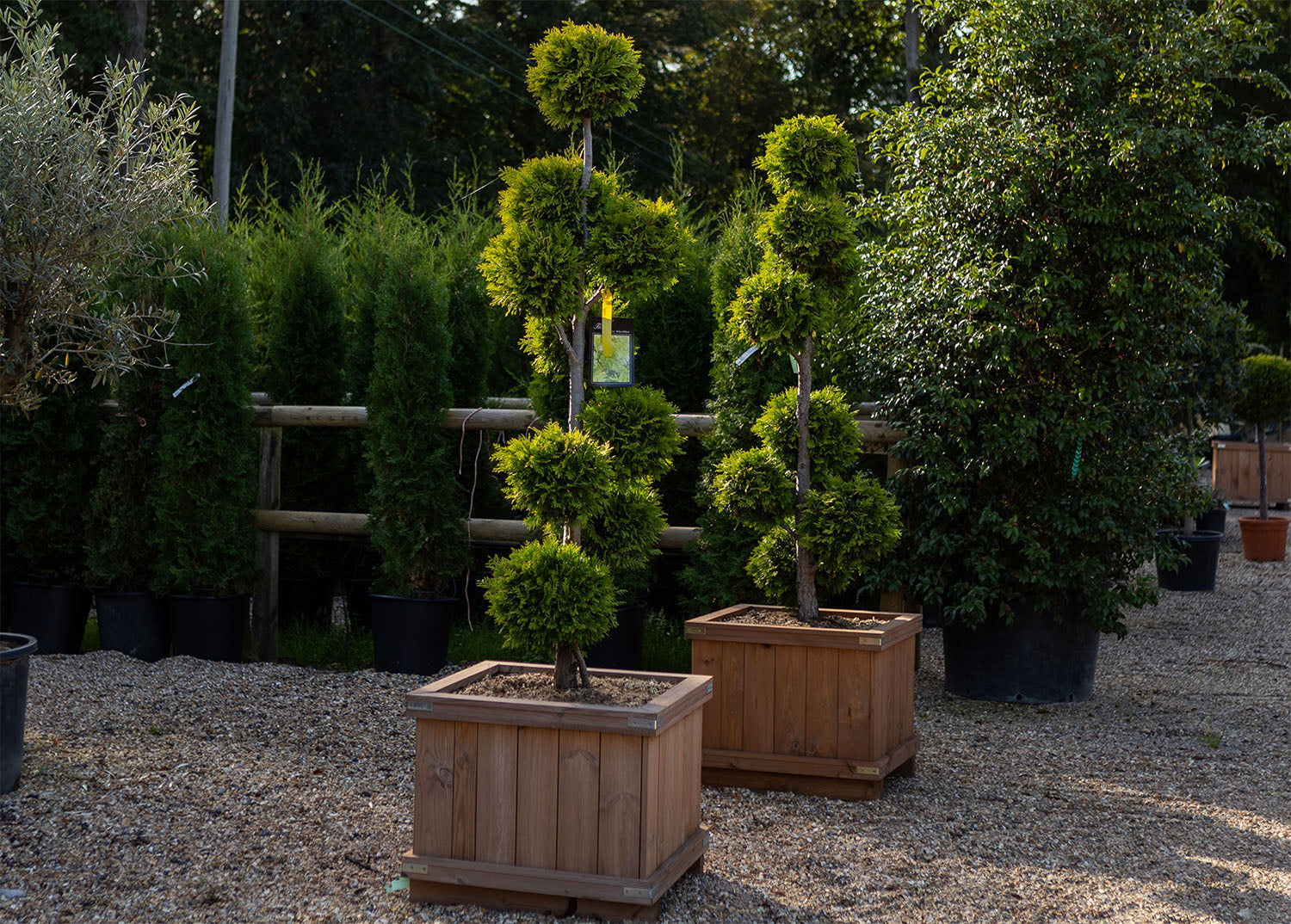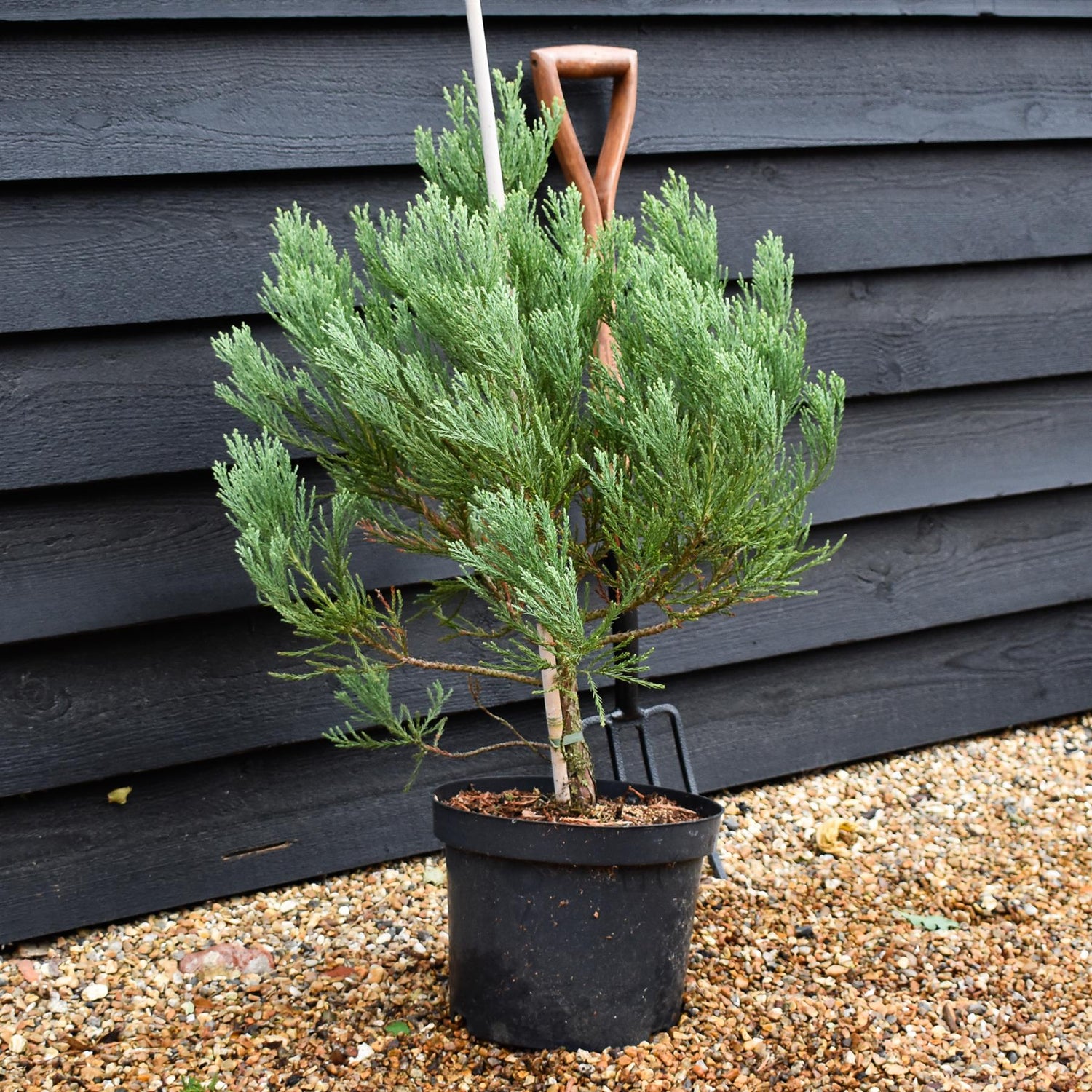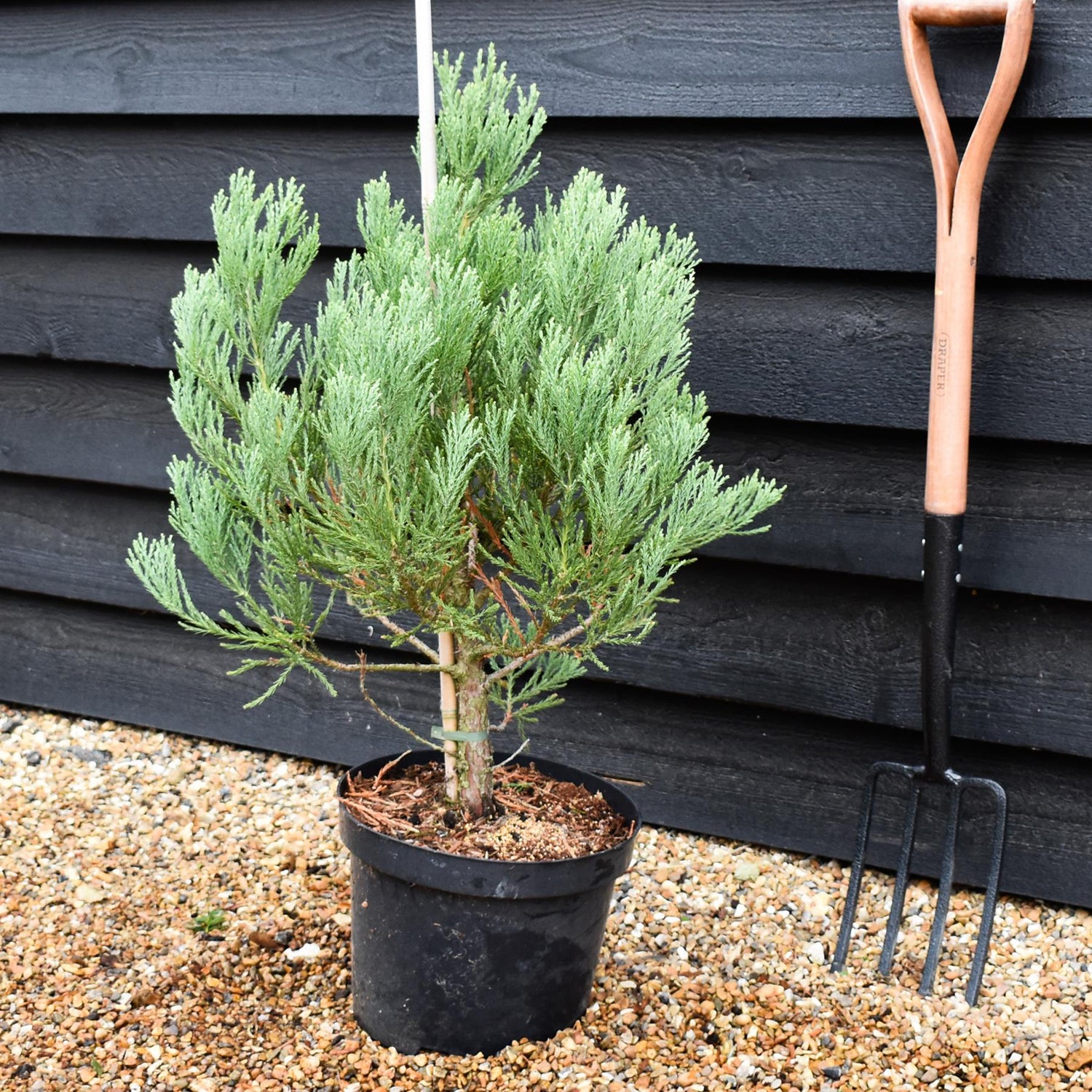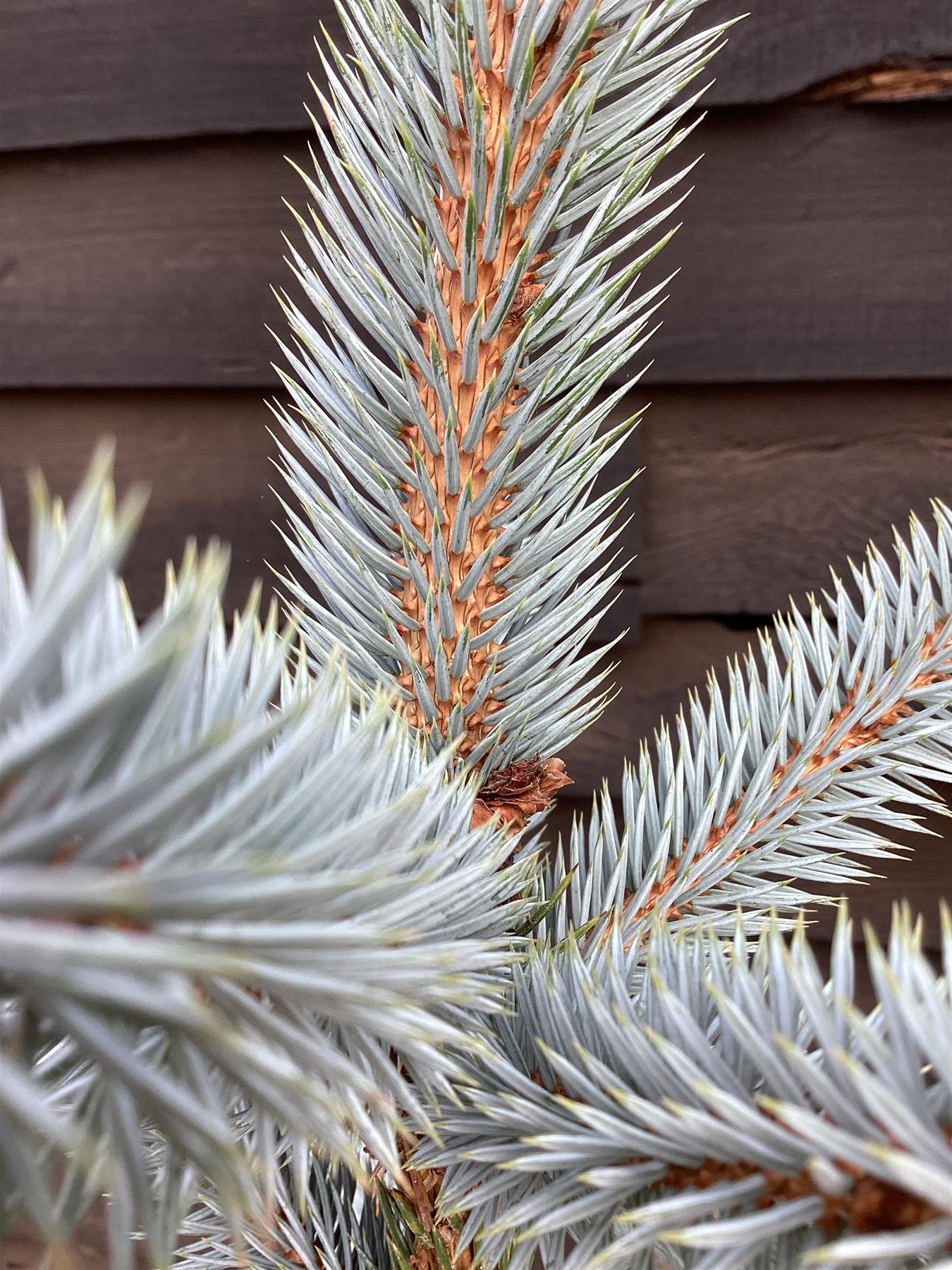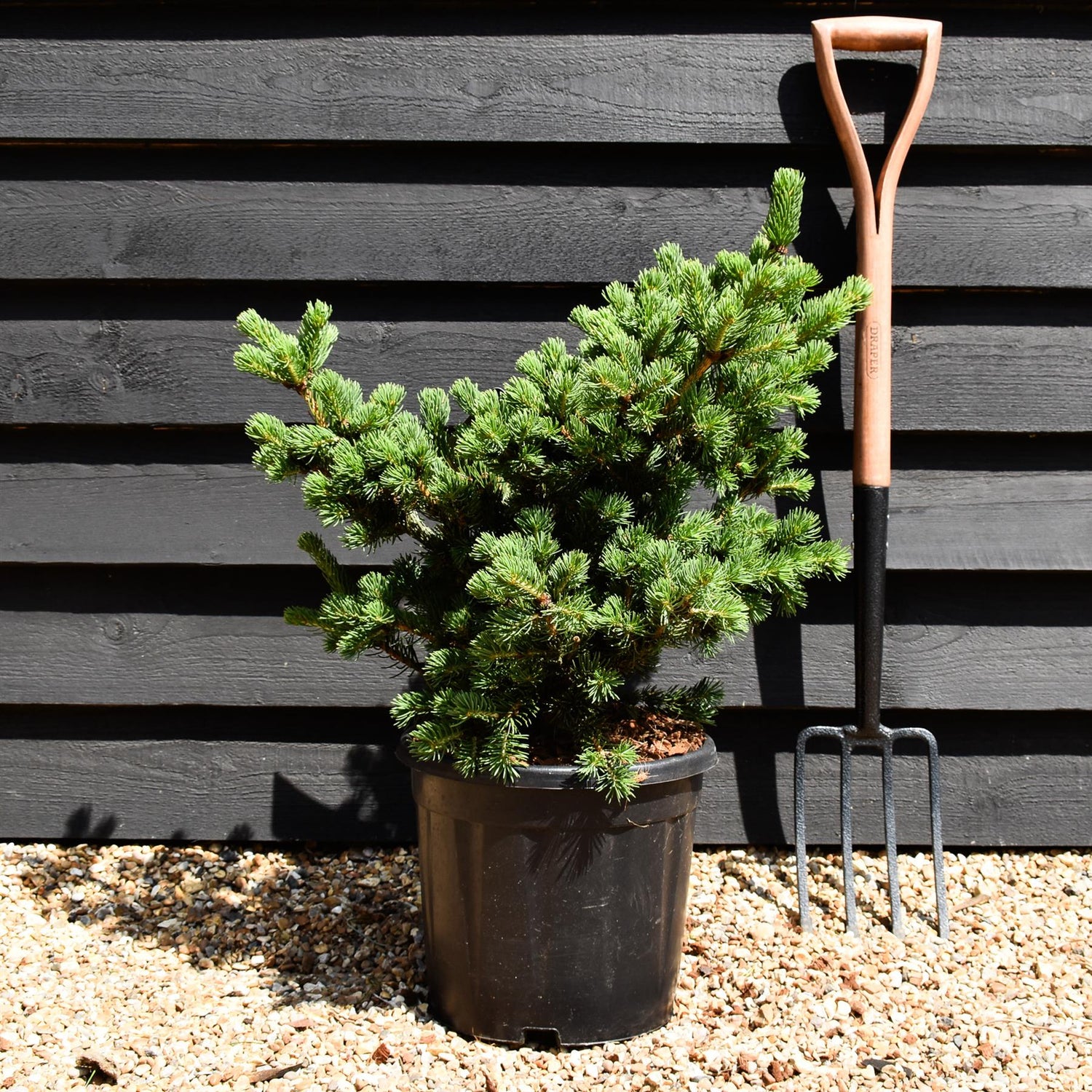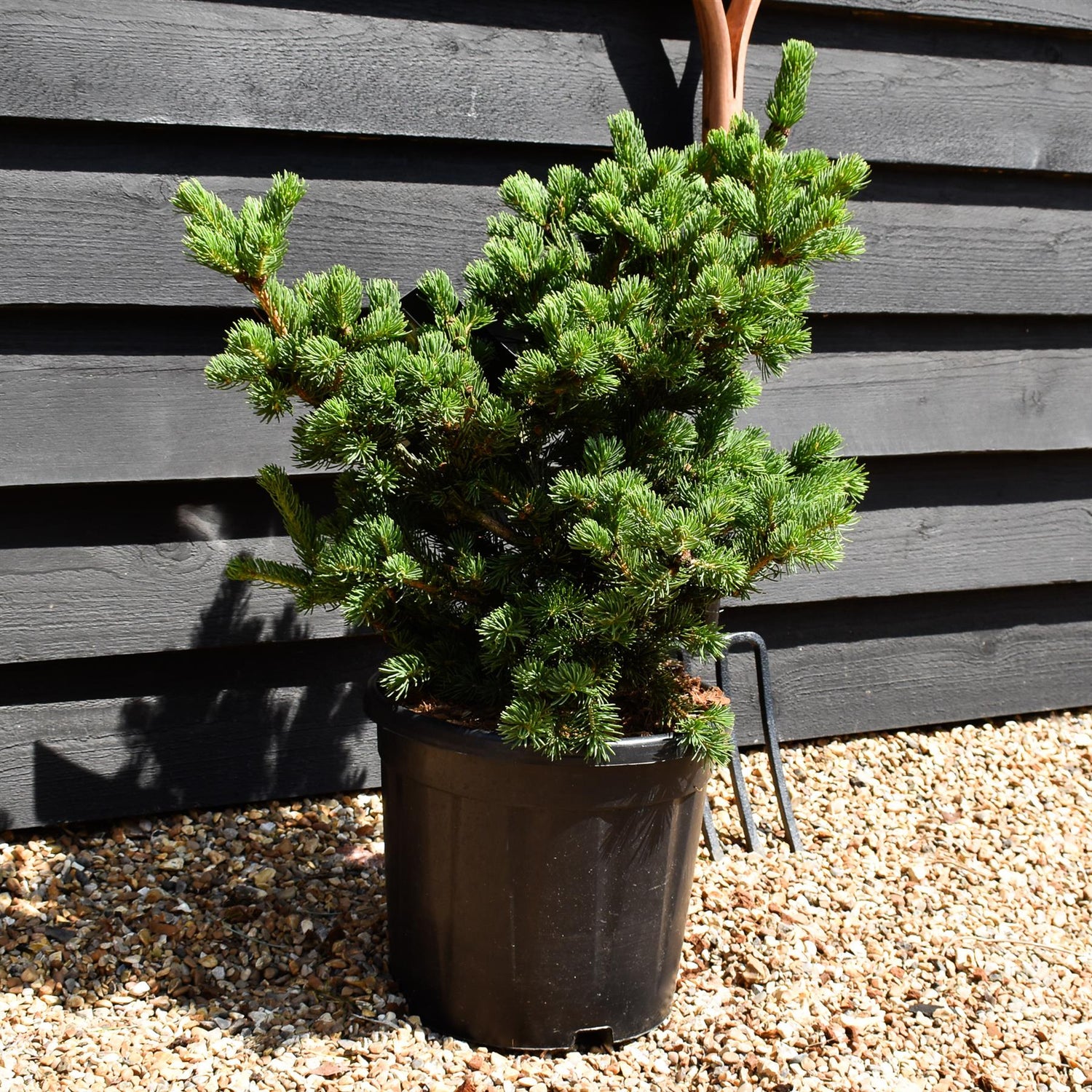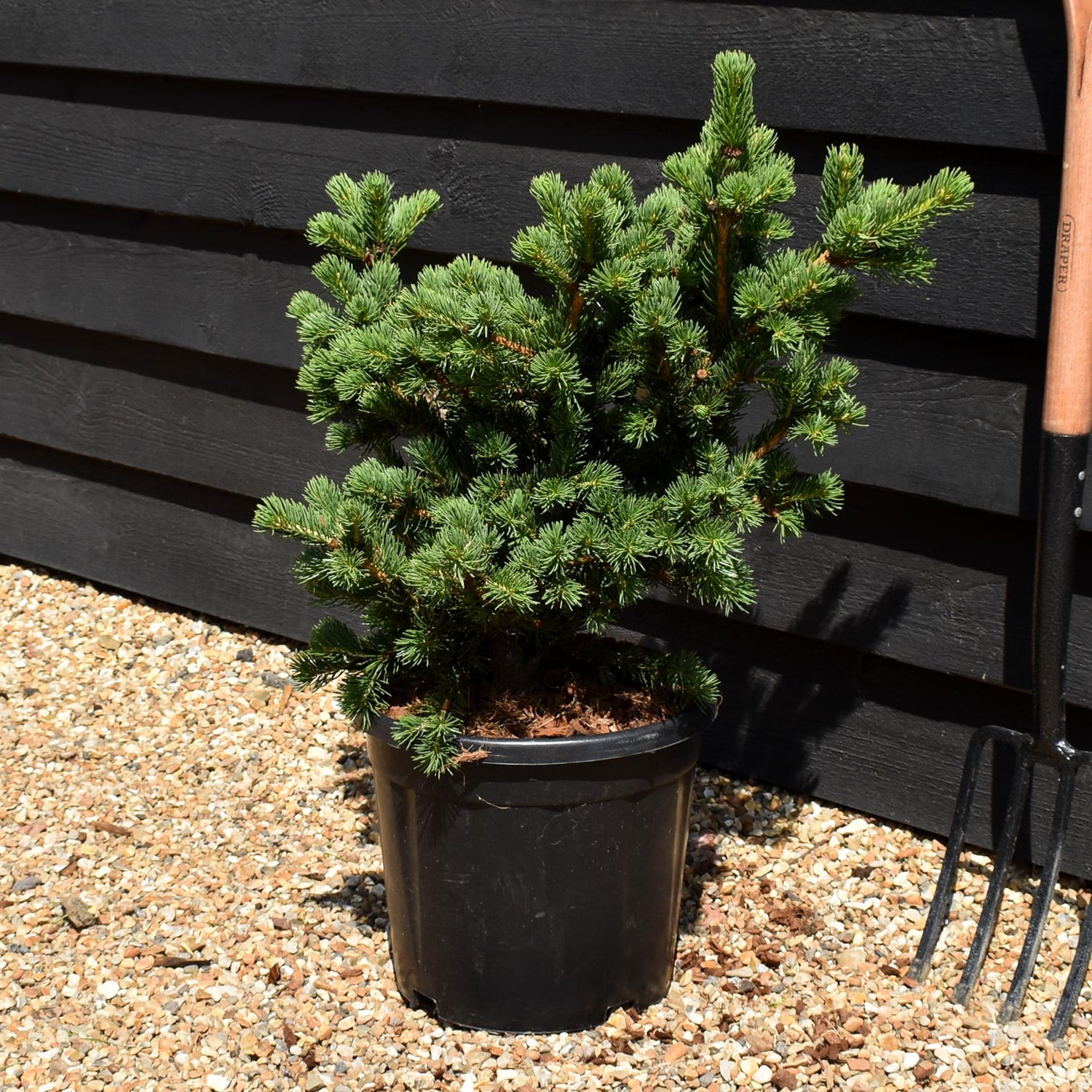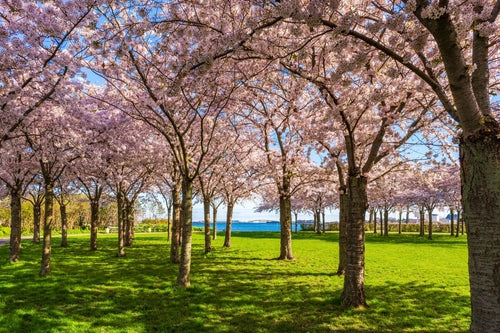785 products
785 products
Sort by:

Cherry Kanzan | Prunus serrulata 'Kanzan' - Bottom graft - Low Bush - Height 100-120cm - 20lt
£98.00
Unit price perCherry Kanzan | Prunus serrulata 'Kanzan' - Bottom graft - Low Bush - Height 100-120cm - 20lt
£98.00
Unit price per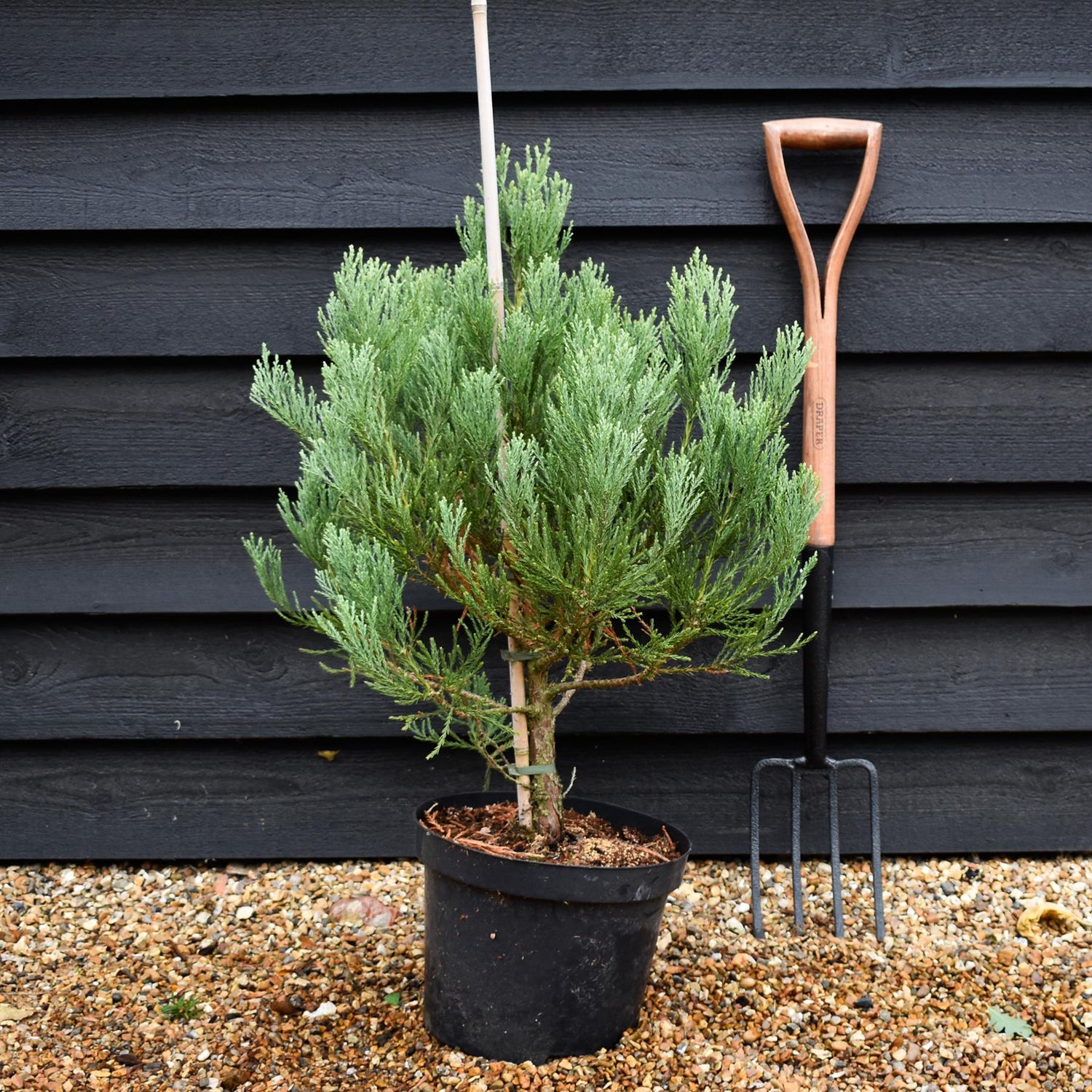
Sequoiadendron giganteum | Giant redwood - Height - 60-80cm - 10lt
£98.00
Unit price perSequoiadendron giganteum | Giant redwood - Height - 60-80cm - 10lt
£98.00
Unit price perParrotia persica | Iron Tree - 170-200cm - 12lt
£102.00
Unit price perParrotia persica | Iron Tree - 170-200cm - 12lt
£102.00
Unit price perAmelanchier Ballerina - Height 220-260cm - 12lt
£103.00
Unit price perAmelanchier Ballerina - Height 220-260cm - 12lt
£103.00
Unit price perGinkgo biloba | Maidenhair Tree -Height 180-220cm - 12lt
£103.00
Unit price perGinkgo biloba | Maidenhair Tree -Height 180-220cm - 12lt
£103.00
Unit price perGinkgo biloba is known as a “living fossil”, one of the oldest tree species. It’s a large, long-lived, coniferous, deciduous tree with deeply grooved, grey-brown bark and thick, fan-shaped, bi-lobed, green leaves that turn yellow in autumn. Ginkgo has either male catkins or female single flowers on long stems. Female plants bear unpleasantly scented plum-like fruits, which are actually hard seeds with silvery yellow seed coats.
Ginkgo biloba grows in a wide variety of soils, except too wet and waterlogged, but prefers average, medium moisture, sandy, well-drained soils, in full sun. Once established, it is tolerant of heat, salt, and urban pollution. Generally, disease-free and pest-free. Ginkgo biloba is a perfect specimen plant for large gardens. Great as a shade tree, lawn tree, or planted in espaliers. Very good for streets and parks. Slower-growing varieties are suitable for growing in containers. While young, the crown can be trimmed and trained as desired.
Carpinus betulus - Pleached/Espalier (85cm x 50cm Metal) - 30lt
£105.00
Unit price perCarpinus betulus - Pleached/Espalier (85cm x 50cm Metal) - 30lt
£105.00
Unit price perCarpinus Betulus - Pleached/Espalier on 85x50cm Metal frame - 30lt
Carpinus betulus, or European Hornbeam, is a large, deciduous tree with a fluted grey trunk and very appealing, dense, oval to rounded crown. The leaves are ovate, serrated and ribbed, dark green in summer, coppery yellow in autumn. They remain on branches long into winter. Flowers appear in separate male and female catkins before the leaves, in spring, and are followed by winged nuts. European Hornbeam is a low maintenance and easy to grow plant. It is satisfied with any type of soil, but prefers fertile, dry to moist, well-drained soil, in full sun or partial shade. It is generally disease-free and pest free. It can tolerate drought. Carpinus betulus is an excellent tree and a nice addition to any garden. It is great as a specimen plant or in a group. Because of its tolerance to pruning, it is perfect for hedges and privacy screens.
Picea pungens 'Super Blue' | Colorado spruce - 100-120cm, 25lt
£105.00
Unit price perPicea pungens 'Super Blue' | Colorado spruce - 100-120cm, 25lt
£105.00
Unit price perAcer pensylvanicum' | Moosewood Maple - 210-230cm - 20lt
£105.00
Unit price perAcer pensylvanicum' | Moosewood Maple - 210-230cm - 20lt
£105.00
Unit price perAcer pensylvanicum, commonly known as the striped maple, is a deciduous tree native to the forests of eastern North America. It is a small to medium-sized tree, typically growing between 5 to 10 metres tall, with a slender trunk and spreading branches that create a rounded crown. The bark of young trees is particularly striking, characterised by green and white vertical stripes, giving the tree its common name. As the tree matures, the bark darkens to a reddish-brown or grey, and the stripes become less pronounced.
The leaves of Acer pensylvanicum are large and broad, usually measuring 12 to 18 centimetres in length and width. They are three-lobed, with a slightly serrated edge, and have a soft, velvety texture. The leaves are bright green in spring and summer, turning vibrant shades of yellow in the autumn before falling. This autumnal display makes the tree an attractive feature in woodland settings.
In late spring, the striped maple produces clusters of small, yellow-green flowers that hang down in delicate racemes. These flowers are unisexual, with male and female flowers often found on the same tree. Pollinated by wind or insects, the flowers develop into distinctive winged seeds, called samaras, which mature in late summer and are dispersed by the wind.
Acer pensylvanicum thrives in cool, shaded environments, preferring moist, well-drained soils. It is commonly found in the understorey of mixed hardwood forests, where it grows slowly in the dappled light. The striped maple is also known for its ability to regenerate from stumps, making it resilient in disturbed forest areas.
Acer pseudoplatanus Prinz Handjery - Height 200-220cm - 20lt
£105.00
Unit price perAcer pseudoplatanus Prinz Handjery - Height 200-220cm - 20lt
£105.00
Unit price perThe Acer pseudoplatanus 'Prinz Handjery' is a striking cultivar of the sycamore maple, prized for its unique and ornamental foliage. Originating from the broader Acer pseudoplatanus species, this particular variety stands out due to its distinctive purple and green leaves, making it a favourite among gardeners seeking an eye-catching addition to their landscapes.
This medium-sized deciduous tree typically grows to a height of 10 to 15 metres, with a spread of around 8 to 10 metres, making it a suitable choice for medium to large gardens. The tree's overall shape is broadly conical or rounded, and it features a dense canopy, providing ample shade beneath. The bark of the 'Prinz Handjery' is smooth when young, developing into a more rugged and fissured texture as it matures, with patches of grey and brown that add to its visual appeal, particularly in winter.
The standout feature of this cultivar is its foliage. The leaves emerge with a bronze or purple tint in spring before maturing to a dark green with striking purple undersides. This dual-tone effect creates a beautiful contrast, especially when the wind catches the leaves, revealing flashes of colour. In autumn, the foliage transitions to golden yellow, adding seasonal interest to the garden.
In addition to its ornamental value, the Acer pseudoplatanus 'Prinz Handjery' is a hardy tree, able to tolerate a wide range of soil conditions, including clay and chalk, and is resistant to pollution, making it well-suited to urban environments. It is relatively low maintenance, requiring minimal pruning and proving resilient to pests and diseases.
Malus 'Golden Hornet' | Flowering Crab Apple Tree, Height 240-260cm - 20lt
£105.00
Unit price perMalus 'Golden Hornet' | Flowering Crab Apple Tree, Height 240-260cm - 20lt
£105.00
Unit price perCrab apple | Malus tschonoskii - Height 200-220cm - 20lt
£105.00
Unit price perCrab apple | Malus tschonoskii - Height 200-220cm - 20lt
£105.00
Unit price perMalus tschonoskii, known as the Chonosuki crabapple, is a species of deciduous tree native to Japan. It is esteemed for its ornamental value, exhibiting a breathtaking array of color throughout the seasons. In spring, it produces a profusion of delicate white or pale pink flowers that attract various pollinators. The blossoms are a visual spectacle and are highly fragrant, contributing to the sensory experience of the landscape.
The tree's leaves are also notable, starting as a fresh green color in spring and transforming into striking shades of red, orange, and purple in autumn, providing a vibrant fall display. The leaves are simple and alternate with a serrated margin. In addition to its colorful foliage and flowers, the tree bears small, red to yellowish, inedible fruit in the fall, which adds another layer of visual interest.
Malus tschonoskii is a medium-sized tree, typically reaching heights of 6 to 12 meters. It is adaptable to a range of soil types but prefers well-drained, moist soil and a sunny location. It’s known for its upright, columnar growth habit, making it an excellent choice for smaller spaces or as a specimen tree in mixed borders. The tree is resilient and relatively low-maintenance, often utilized in urban landscaping projects for its aesthetic appeal and hardiness.
Laurus Nobilis - Clear Stem (65cm)| Bay laurel tree - Height 130-135cm - 18lt
£105.00
Unit price perLaurus Nobilis - Clear Stem (65cm)| Bay laurel tree - Height 130-135cm - 18lt
£105.00
Unit price perMalus 'Rudolph' - Crab Apple - Height 220-240cm - 20lt
£105.00
Unit price perMalus 'Rudolph' - Crab Apple - Height 220-240cm - 20lt
£105.00
Unit price perThe Malus ‘Rudolph’ is an ornamental crabapple tree known for its striking visual appeal throughout the seasons. This small deciduous tree typically grows to a height of 4 to 6 metres (13 to 20 feet) with a similar spread, making it suitable for smaller gardens or as a decorative focal point in larger landscapes. Originating from the genus Malus, which encompasses both ornamental and fruit-bearing trees, ‘Rudolph’ is prized for its aesthetic qualities rather than fruit production.
One of the most distinctive features of the Malus ‘Rudolph’ is its stunning display of deep pink to rose-red blossoms in late spring, typically appearing in May. These fragrant flowers, which emerge in clusters, are particularly attractive to pollinators, including bees. The flowers are followed by small, bright red to orange crabapples that add further interest to the tree in late summer and autumn. While these fruits are not commonly eaten raw due to their tartness, they can be used in making jellies or left on the tree for birds and other wildlife to enjoy.
In addition to its springtime blossoms, the Malus ‘Rudolph’ offers year-round beauty with its foliage. The leaves emerge as a rich purple-bronze in the spring, gradually maturing to a deep green as the season progresses, creating a striking contrast with the vibrant flowers. In autumn, the foliage turns yellow or orange, providing a final burst of colour before the leaves fall.
The Malus ‘Rudolph’ is hardy and well-suited to a variety of soil types, preferring a sunny position to fully showcase its blooms and foliage. It is also relatively low-maintenance, requiring minimal pruning. Overall, this tree is an excellent choice for gardeners looking to add colour and structure to their garden throughout the year.
Picea pungens 'Lucky Strike' - Height 50-60cm - Width 50-60cm - 15lt
£105.00
Unit price perPicea pungens 'Lucky Strike' - Height 50-60cm - Width 50-60cm - 15lt
£105.00
Unit price perPicea pungens 'Lucky Strike' is an excellent choice for garden landscapes, particularly in smaller or more formal settings. This compact cultivar of the Colorado blue spruce features dense, upright growth and a narrow, pyramidal form that provides architectural structure and year-round visual interest. Its vibrant, silvery-blue needles create a striking contrast against green foliage in the garden, making it a standout specimen or focal point.
This conifer is especially well-suited for rock gardens, foundation plantings, and mixed borders, where its slow growth habit—typically reaching 6 to 10 feet tall over many years—ensures it won’t outgrow its space quickly. 'Lucky Strike' is hardy and thrives in full sun with well-drained soil. It is drought-tolerant once established and generally low-maintenance, requiring little to no pruning to maintain its shape.
Due to its resilience and ornamental value, Picea pungens 'Lucky Strike' is a valuable addition to gardens seeking evergreen color and form. It pairs well with other conifers, ornamental grasses, or perennials, creating a dynamic and attractive garden design throughout the seasons.
Cut Leaved Black Alder | Alnus Glutinosa Laciniata - Feathered - Height 175-200cm - 10lt
£105.00
Unit price perCut Leaved Black Alder | Alnus Glutinosa Laciniata - Feathered - Height 175-200cm - 10lt
£105.00
Unit price perAlnus glutinosa Laciniata, commonly known as Cut-leaved Alder, is a deciduous tree and a distinct cultivar of the Black Alder. Native to Europe, this ornamental tree is valued for its unique and finely dissected foliage, giving it a delicate and graceful appearance. The deeply lobed, fern-like leaves are dark green, offering a lacy texture that sets it apart from the standard Alnus glutinosa, which typically has more rounded leaves.
Mature trees can reach a height of 12 to 20 metres, with a spread of about 6 to 10 metres, making it a medium-sized tree suitable for gardens, parks, and water-side plantings. The tree has a conical to rounded shape when fully grown, and its branches create an attractive structure, especially in winter when the leaves have fallen.
Like other alders, ‘Laciniata’ is well adapted to wet soils and thrives in damp, poorly drained areas. It is often found near rivers, streams, and wetlands. The tree is also tolerant of urban pollution and can withstand occasional waterlogging, making it a versatile choice for various landscapes.
In spring, ‘Laciniata’ produces small, inconspicuous catkins, which eventually develop into small, woody cones containing seeds. These cones add an extra ornamental feature to the tree, especially in the autumn and winter months.
Alnus glutinosa ‘Laciniata’ is also beneficial to the environment. As a member of the birch family, it has the ability to fix nitrogen in the soil, improving fertility and promoting biodiversity. This makes it an excellent choice for ecological restoration projects.
Overall, Alnus glutinosa ‘Laciniata’ is an elegant and functional tree that brings beauty, wildlife support, and environmental benefits to the landscapes where it is planted.
Cercidiphyllum japonicum | Japanese Katsura Tree - Height 140-220cm - 20lt
£105.00
Unit price perCercidiphyllum japonicum | Japanese Katsura Tree - Height 140-220cm - 20lt
£105.00
Unit price perSalix integra 'Hakuro-nishiki' | Dappled Willow - Height 190-210cm - 12lt
£105.00
Unit price perSalix integra 'Hakuro-nishiki' | Dappled Willow - Height 190-210cm - 12lt
£105.00
Unit price perSalix integra 'Hakuro-nishiki', commonly known as Dappled Willow or Flamingo Willow, is a distinctive deciduous shrub prized for its striking variegated foliage. The leaves emerge pink in spring, maturing to a mosaic of cream, pink, and green, providing a spectacular display, particularly effective in contrasting planting schemes. It typically grows 4-6 feet tall and wide but can be pruned to maintain a smaller size, making it a versatile option for many garden spaces.
Originating from Japan, 'Hakuro-nishiki' thrives in moist, well-drained soils and prefers a full sun to partial shade environment. While it is highly adaptable to different soil types, it performs best in acidic to neutral soils. Regular watering is essential, particularly in dry conditions, to maintain its lush appearance.
This Salix variety exhibits fast growth and requires regular pruning to encourage bushiness and to manage its size, making it an excellent choice for hedges or screens. The branches are flexible and are often used in basket weaving. Additionally, catkins appear before the leaves in early spring, adding to its ornamental value. It’s especially attractive to those desiring a unique, colourful, and easily manageable addition to their landscapes.
Cytisus battandieri | Moroccan Broom - Height 190-200cm - 12lt
£105.00
Unit price perCytisus battandieri | Moroccan Broom - Height 190-200cm - 12lt
£105.00
Unit price perCytisus battandieri, or the Moroccan Broom, is a medium-sized, rounded, deciduous shrub with, long, upright, whip-like stems and trifoliate silvery green leaves which can hold all year round in mild winters. Very attractive, bright golden yellow flowers, held in dense cones or plumes, bloom in June and July and give off wonderful pineapple scent. Attractive to bees and butterflies.
Cytisus battandieri is very adaptable, can grow in any type of soil, as long as it is well-drained, but prefers average, lean, gritty, well-drained soil, in full sun. It is generally pest-free and low maintenance. It requires almost no pruning. It naturally has a good shape. Cytisus battandieri is an attractive shrub perfect as a specimen plant in small informal, cottage, or urban gardens. Suitable for coastal areas, especially with Mediterranean climate. Great for beds and borders, wall-side borders, for growing in pots and containers on balconies and patios.
Showing 288/785


